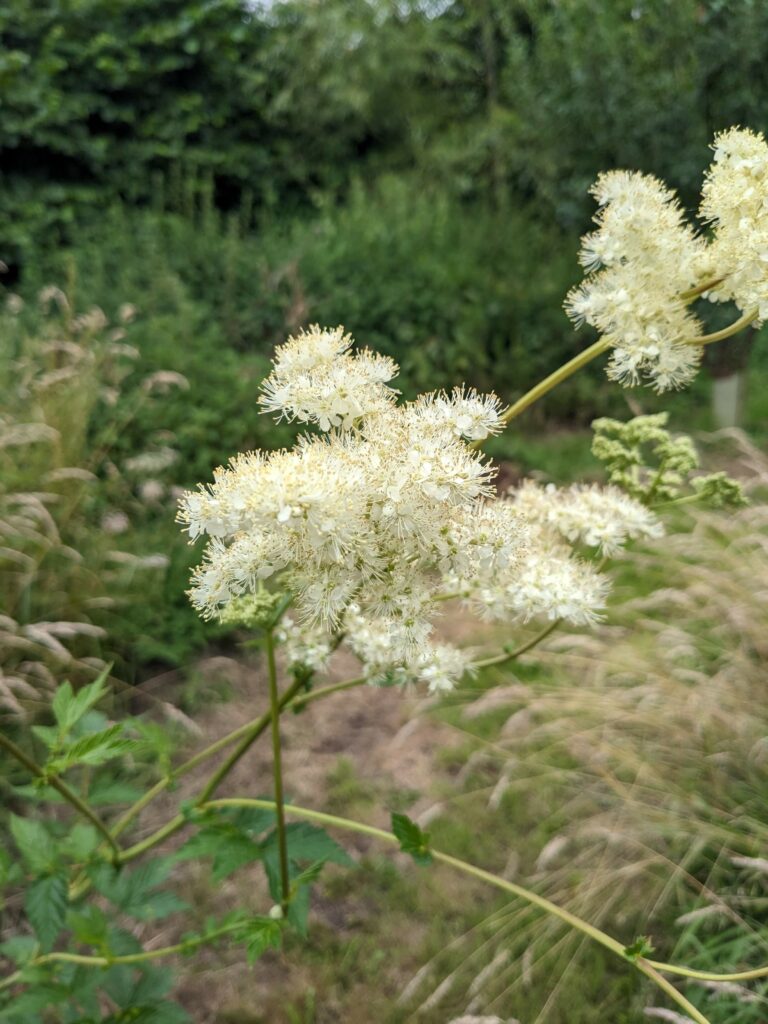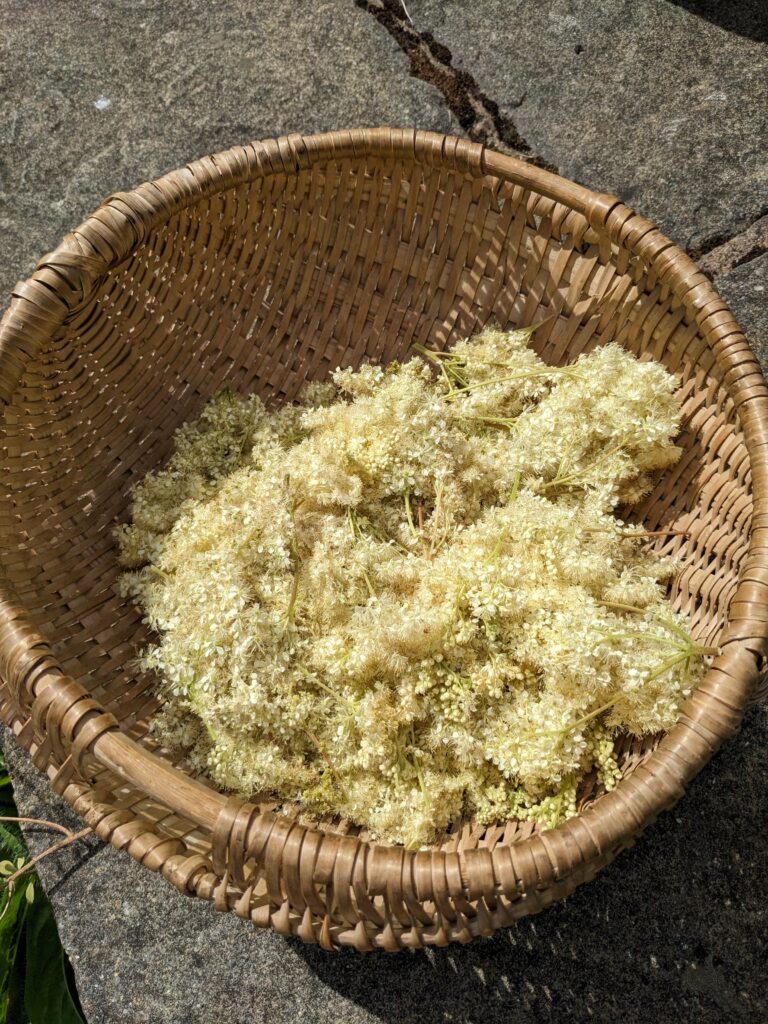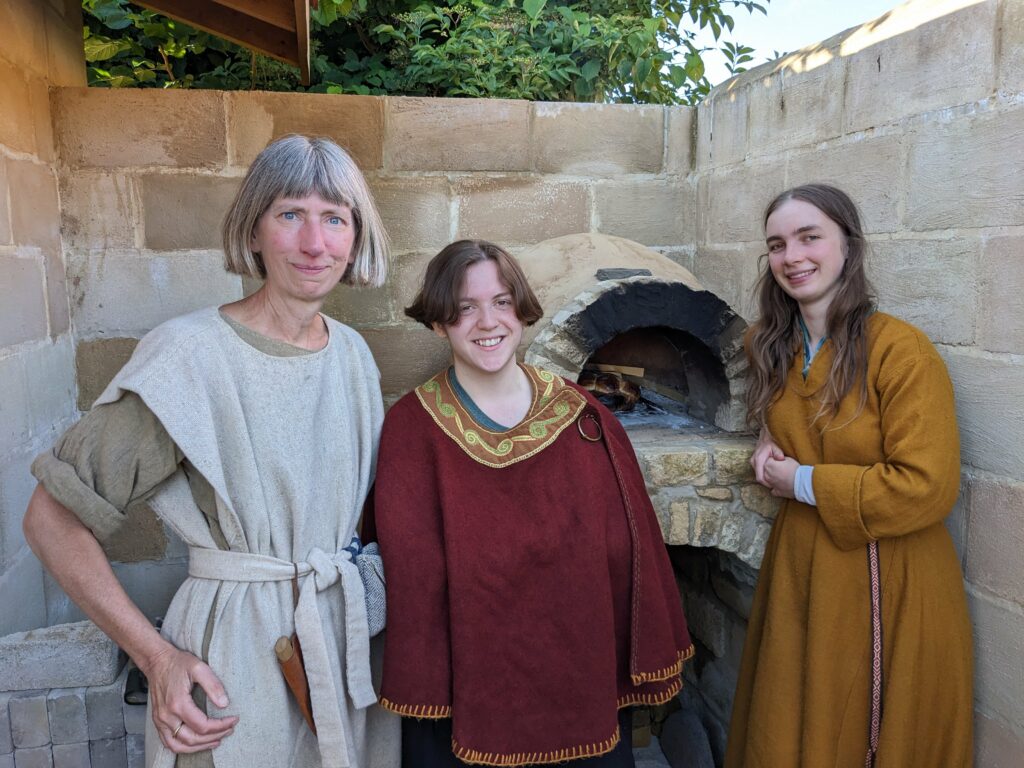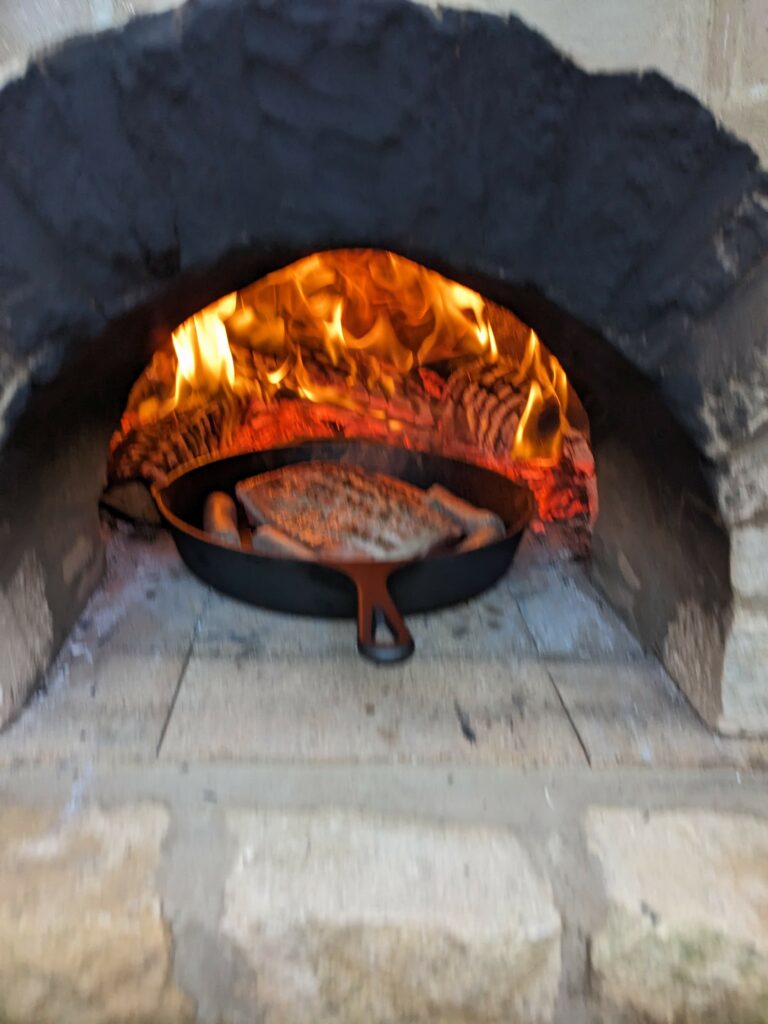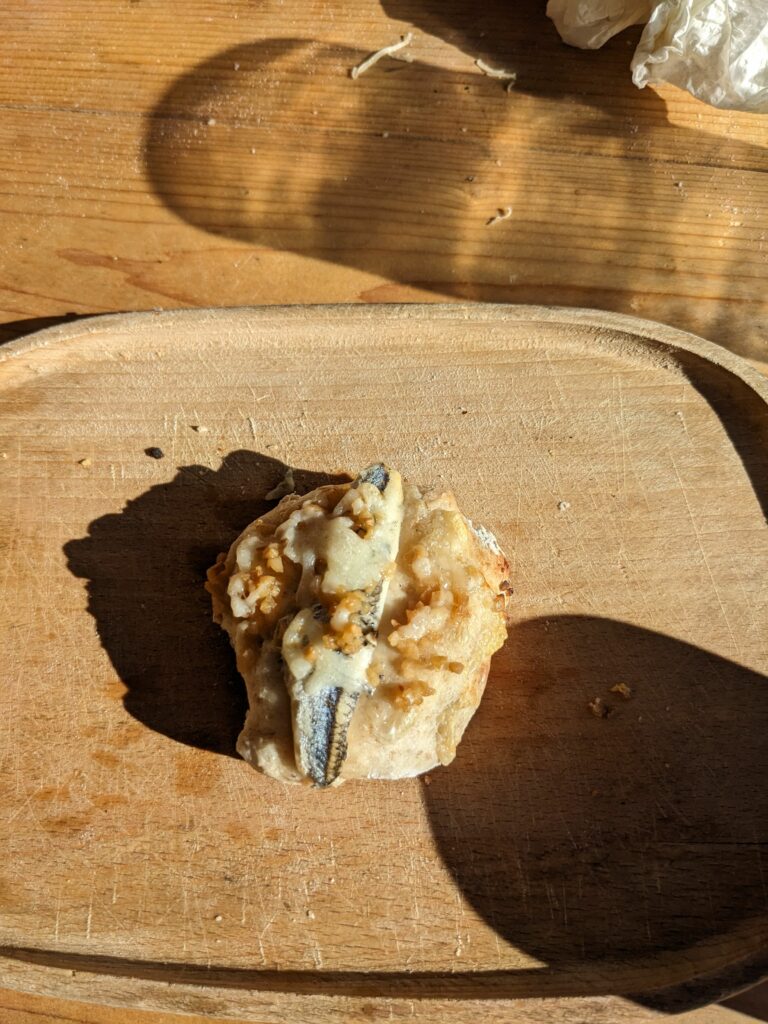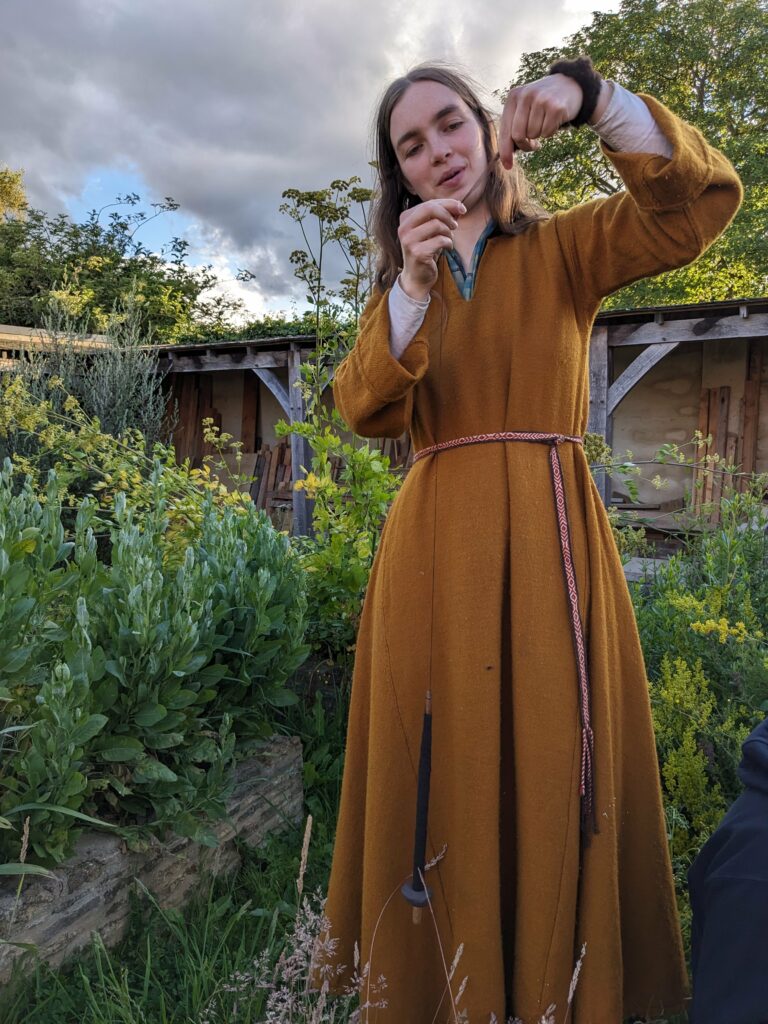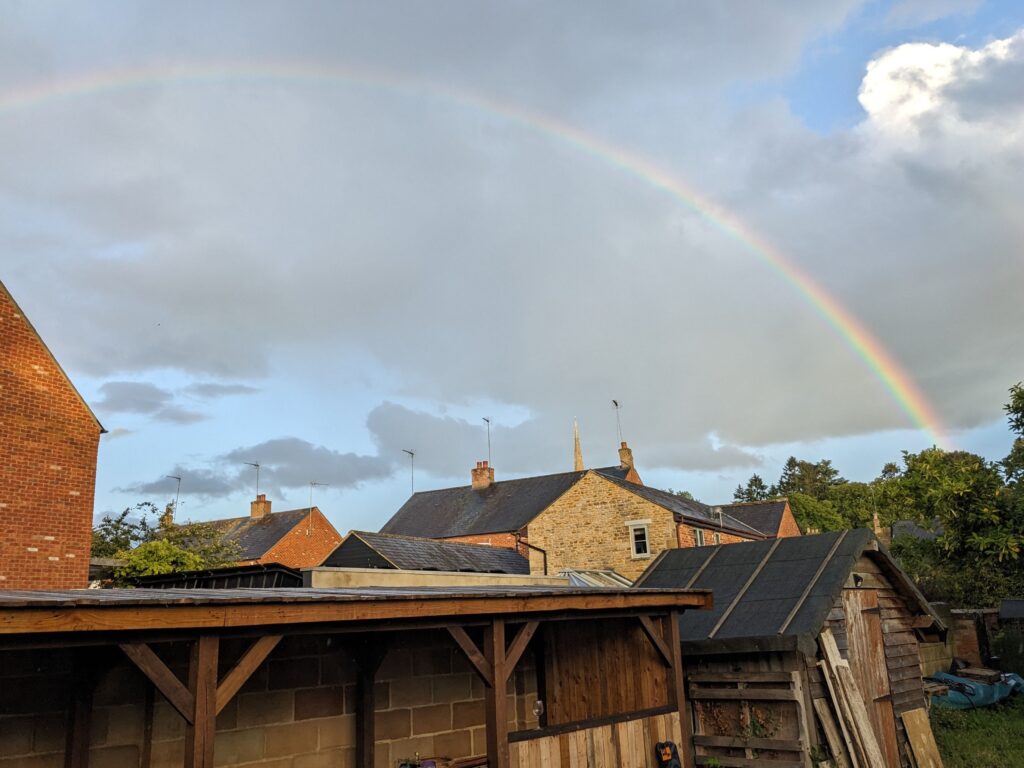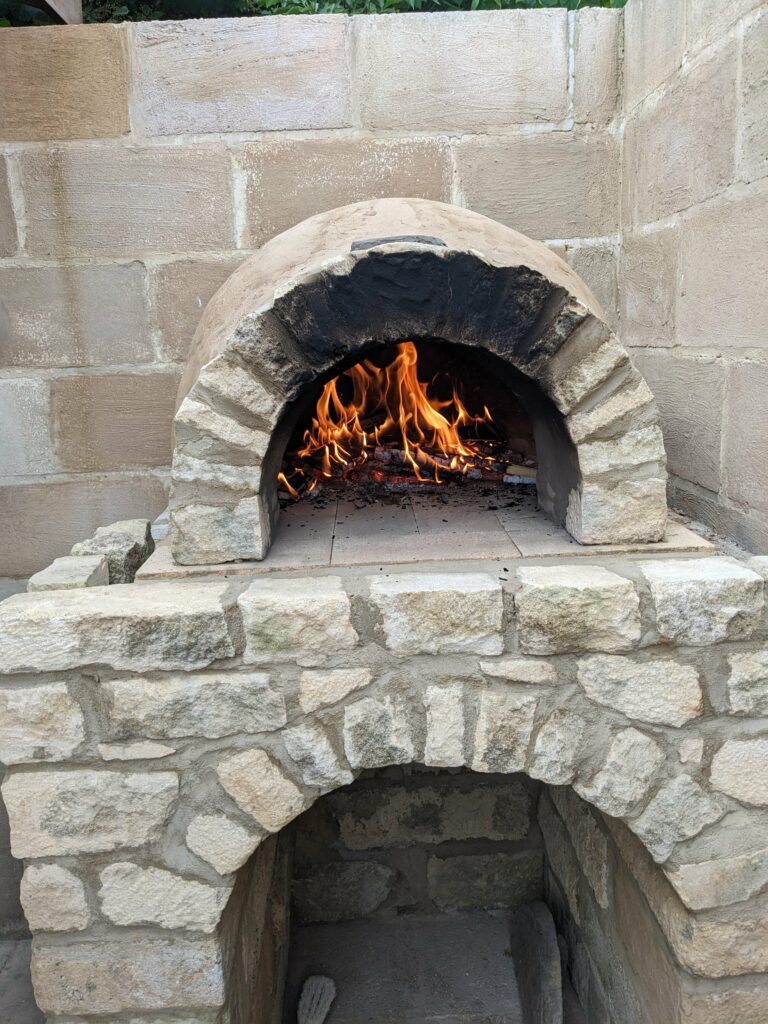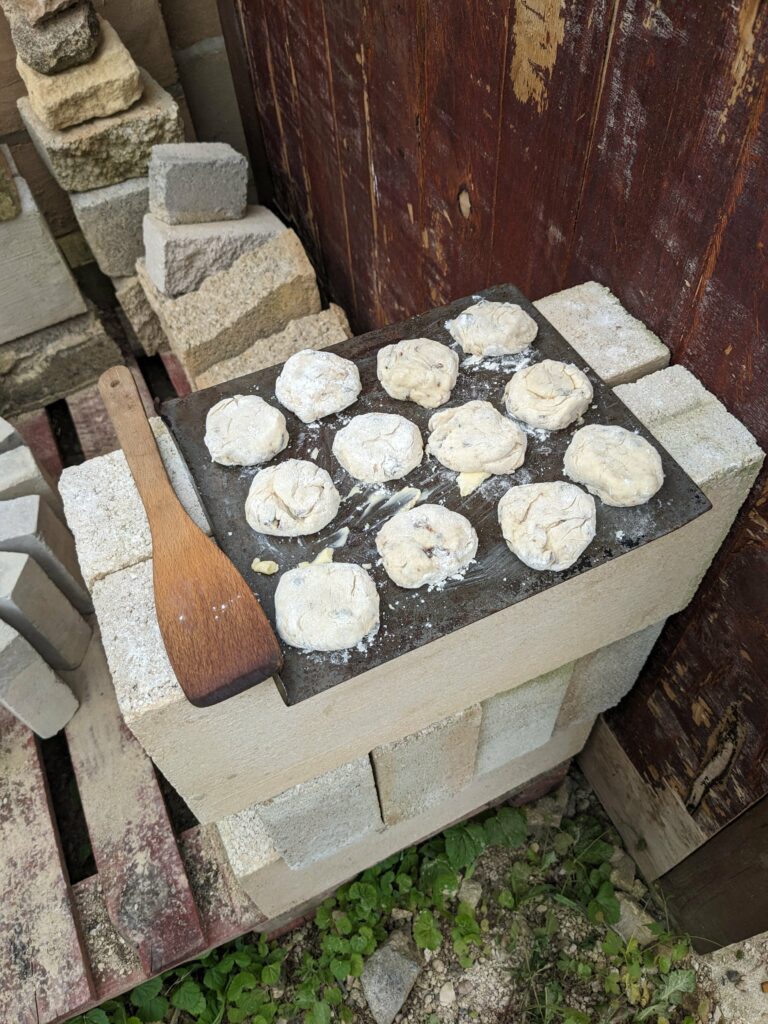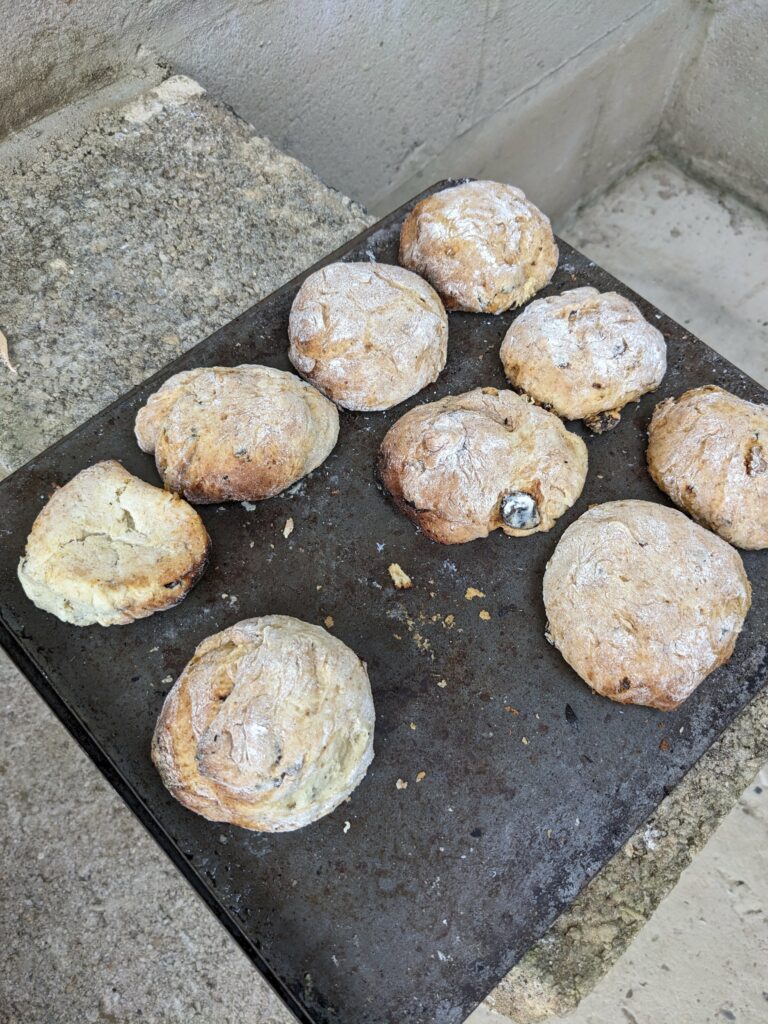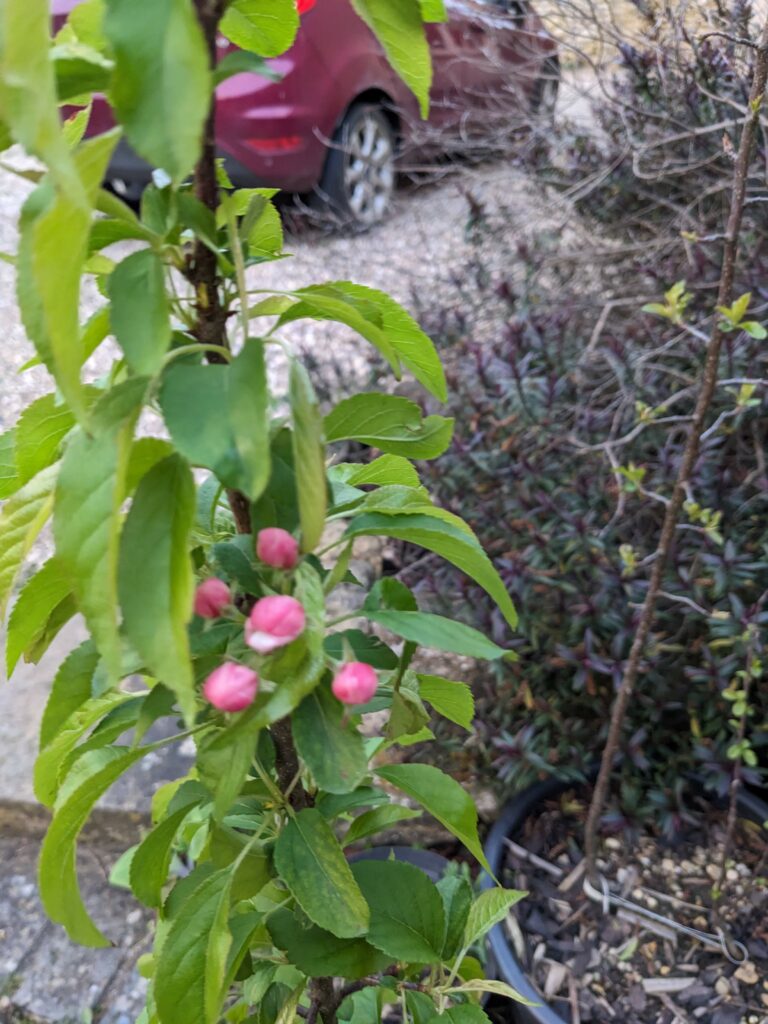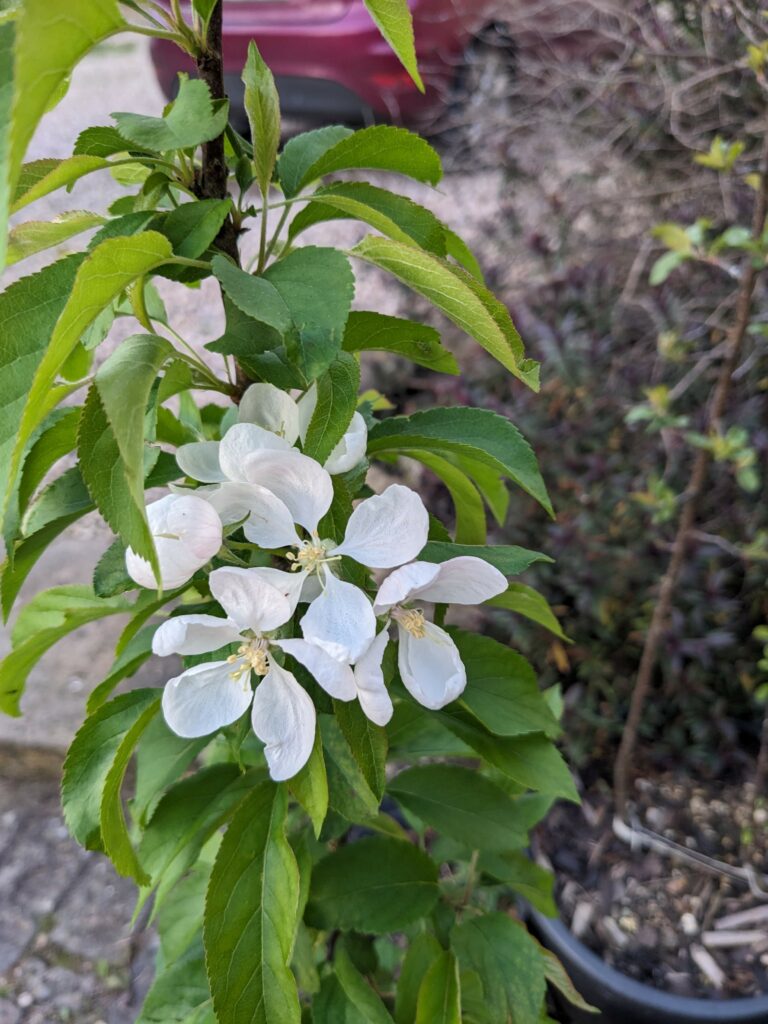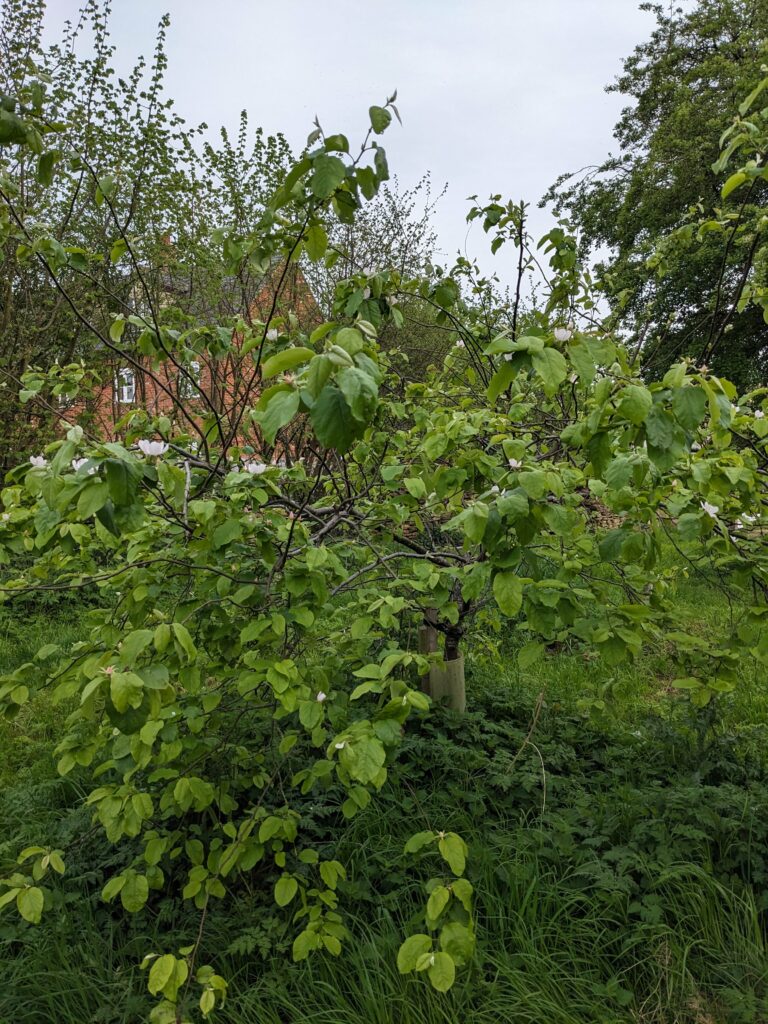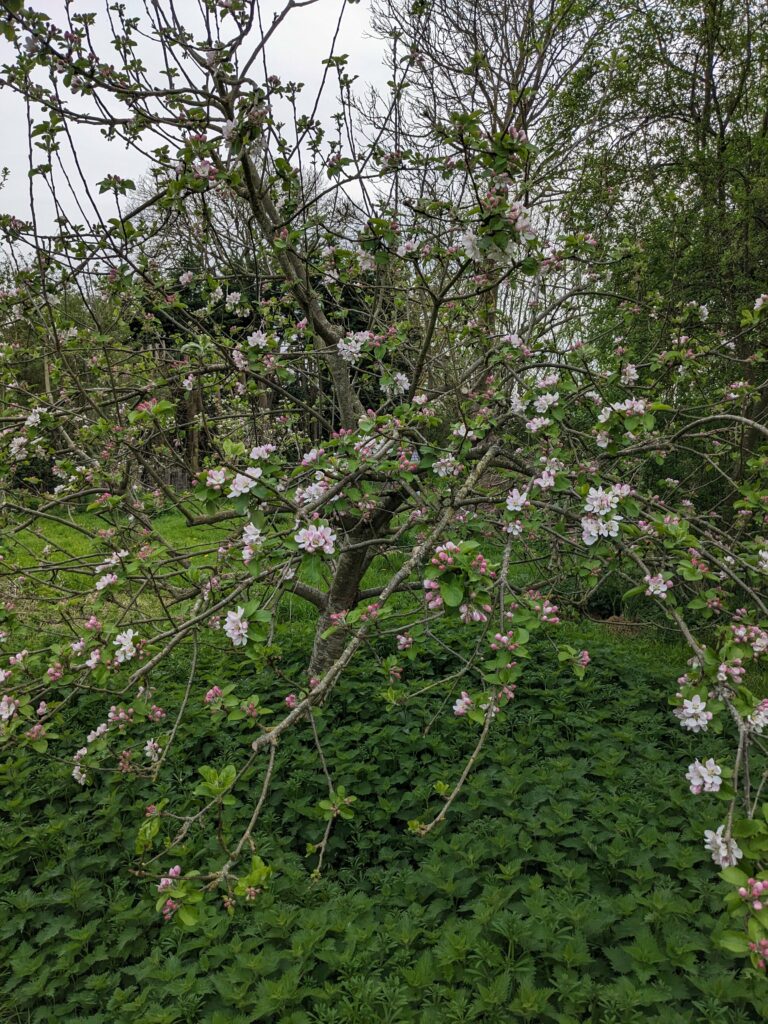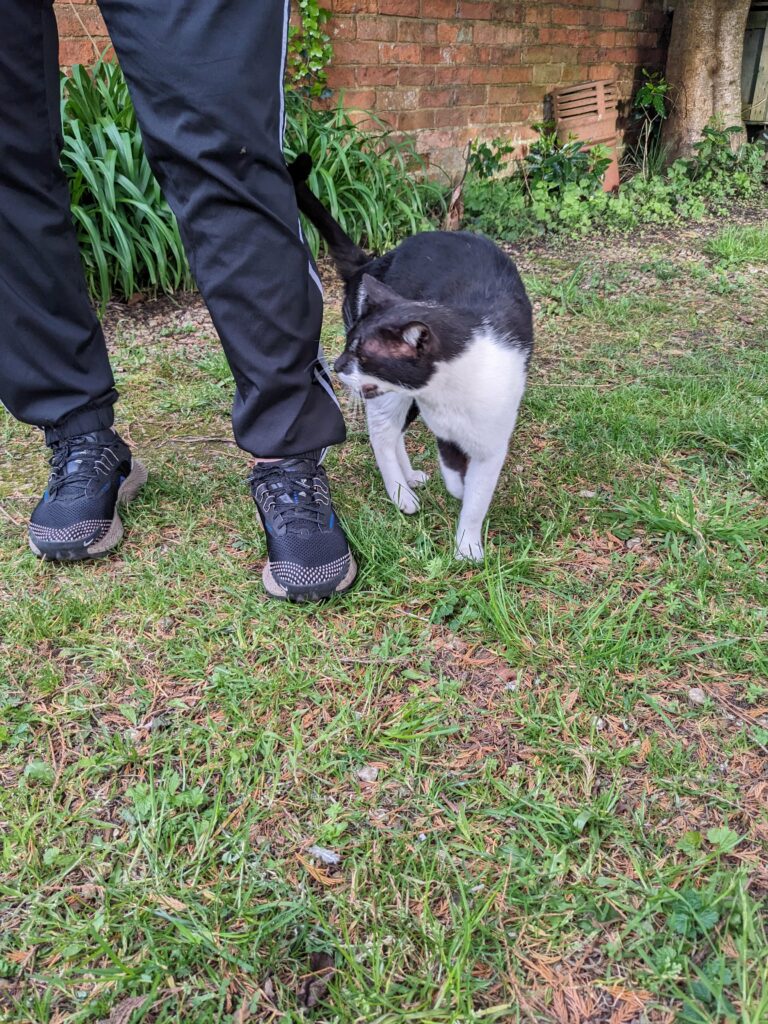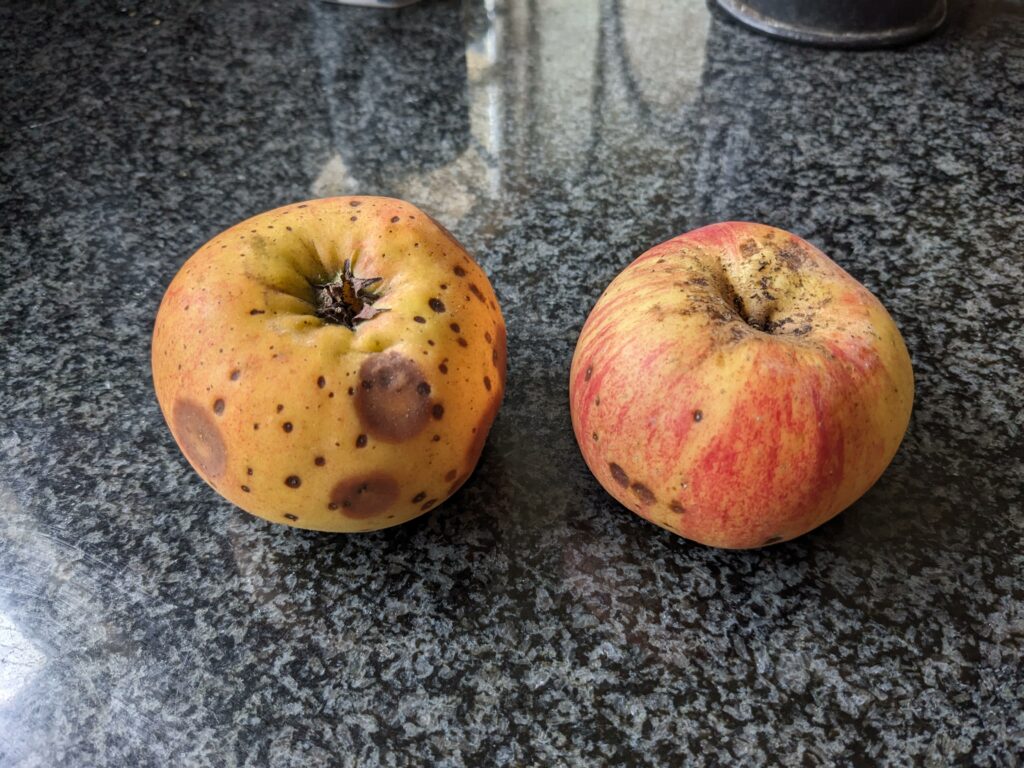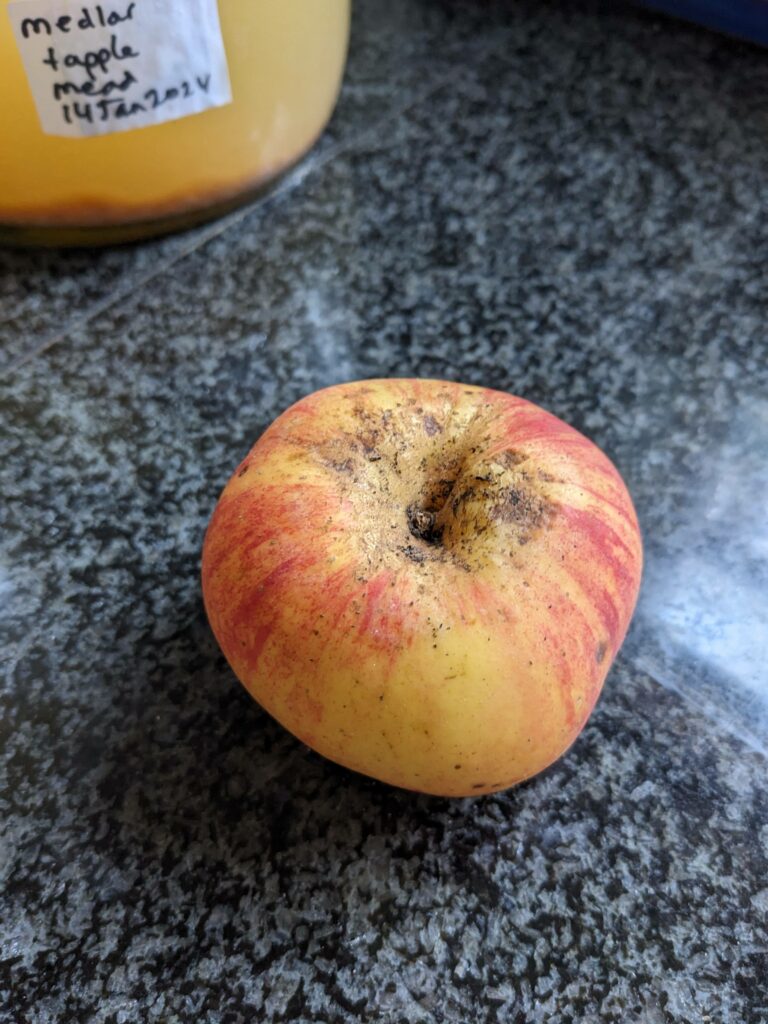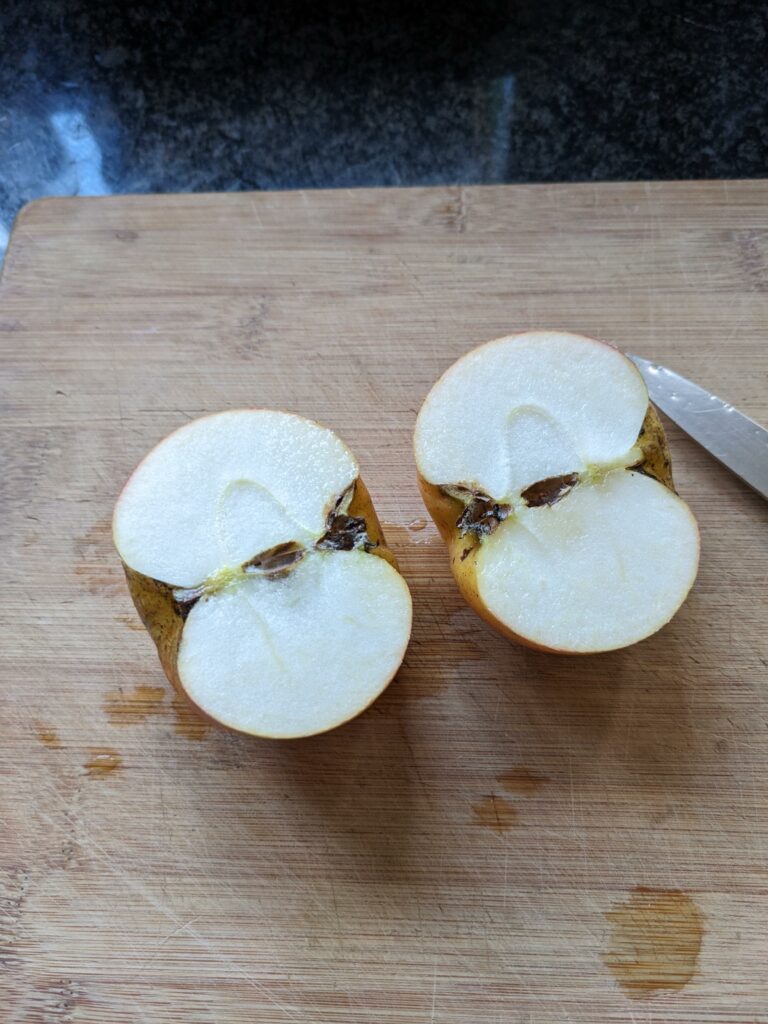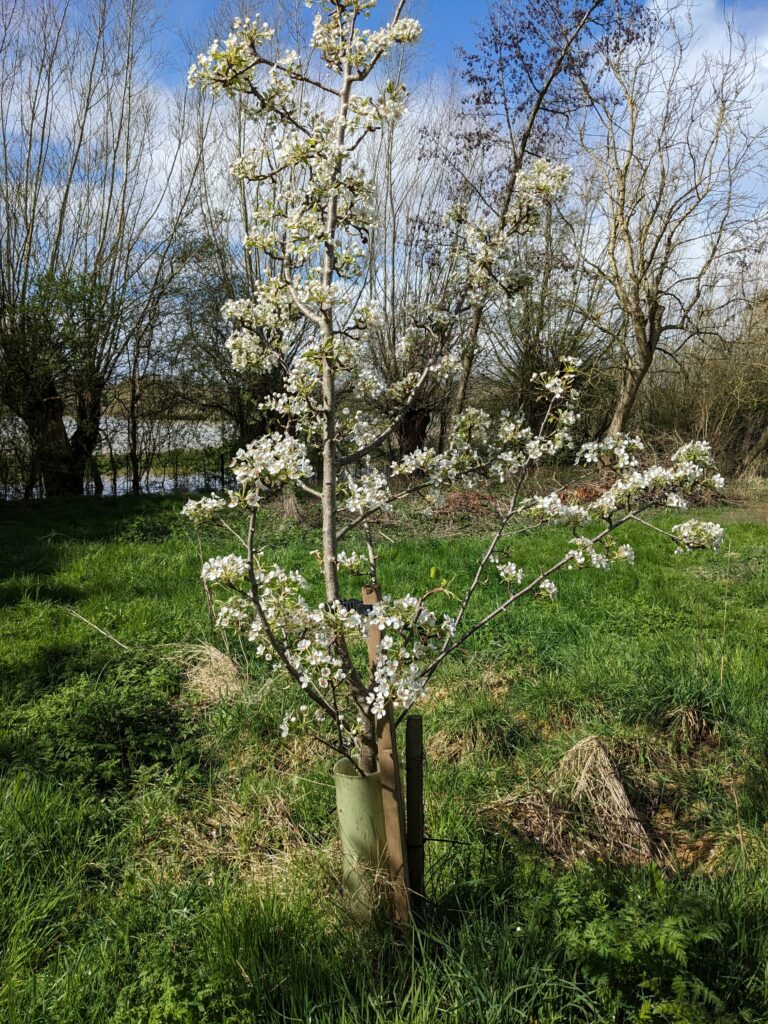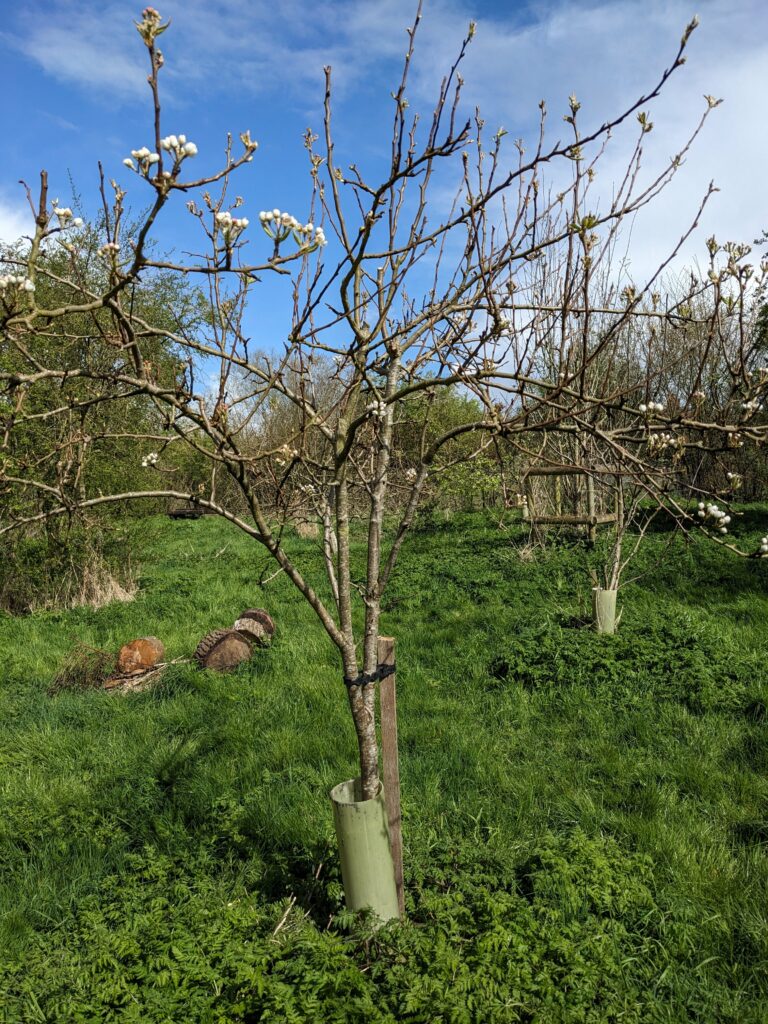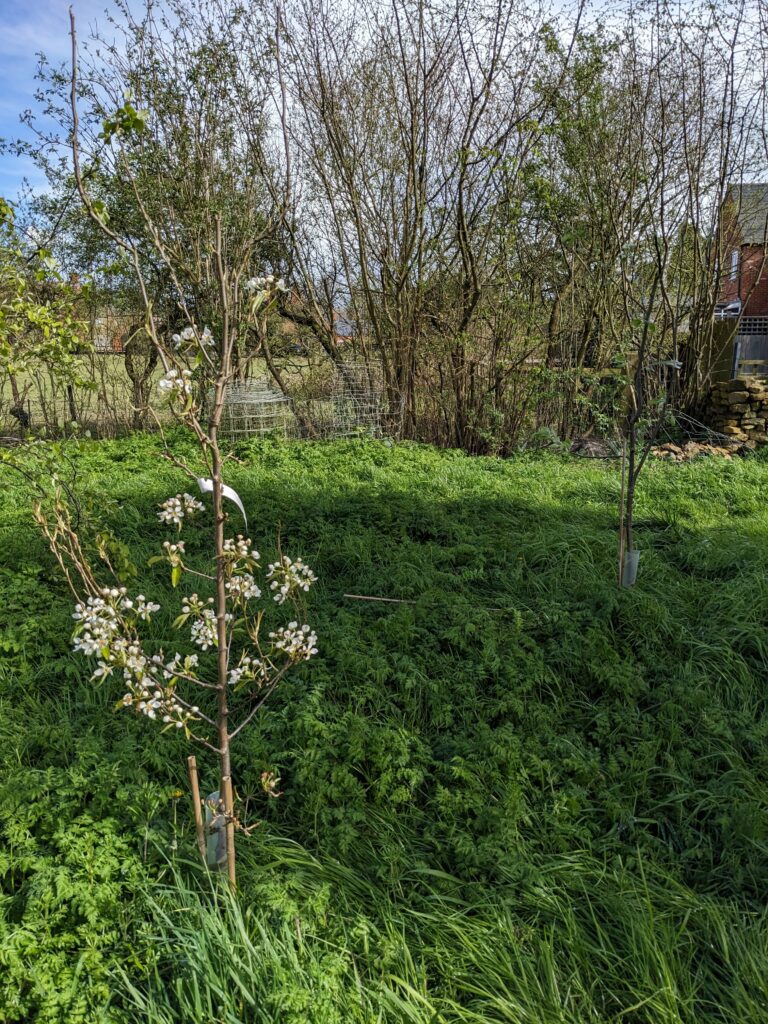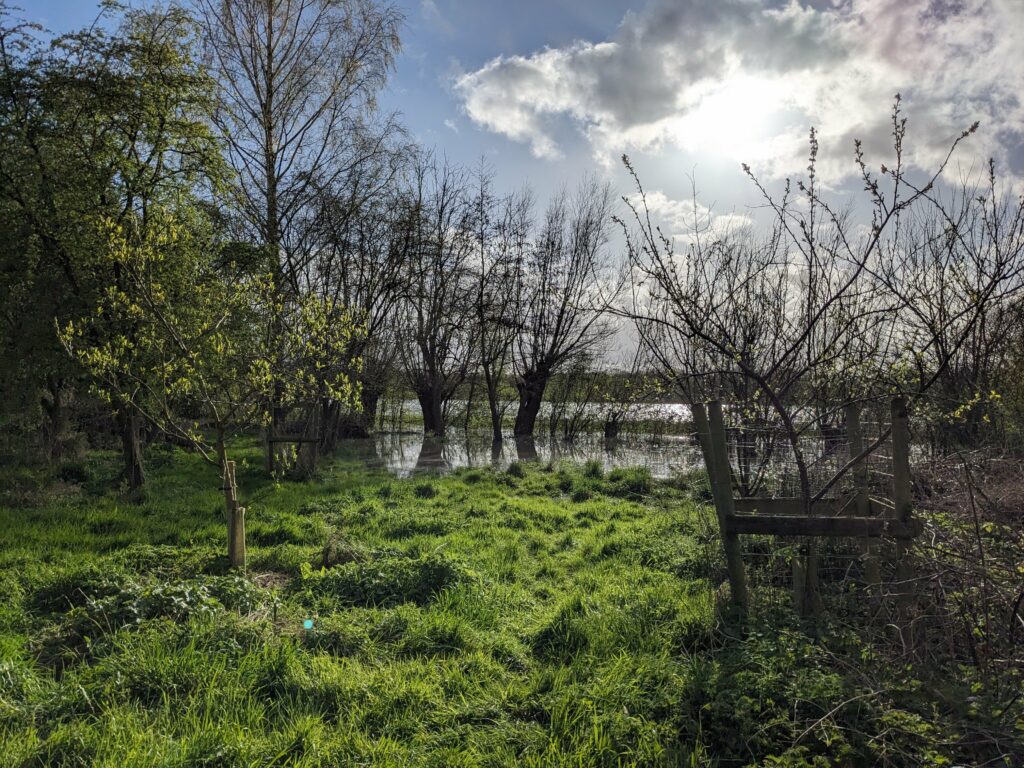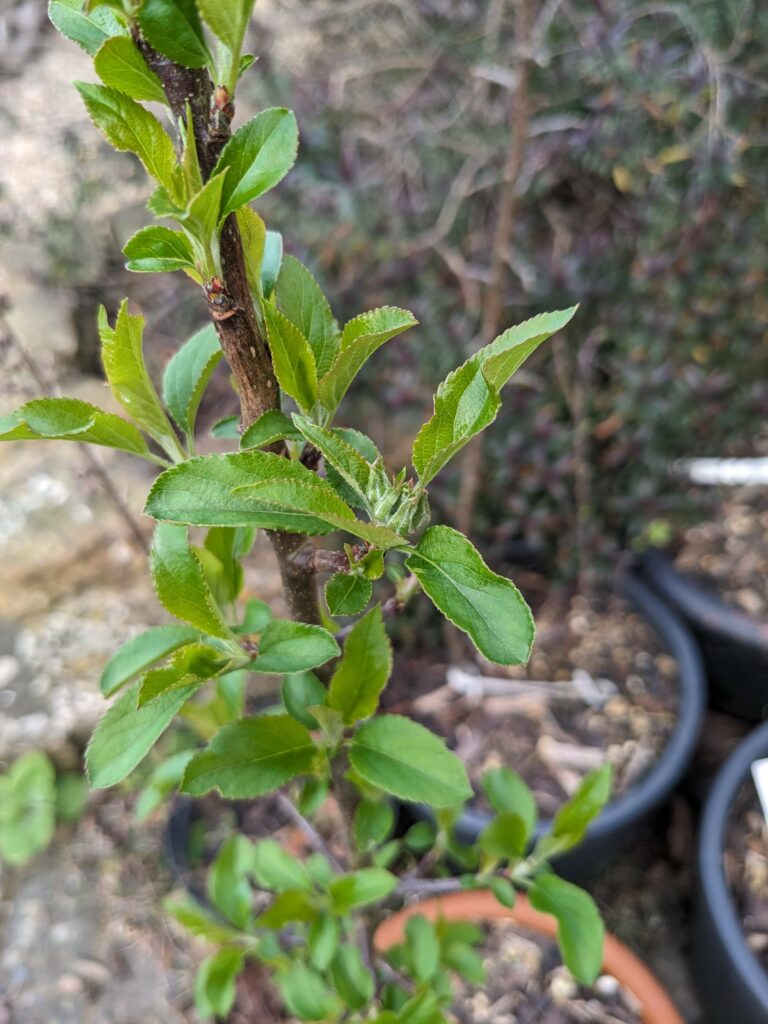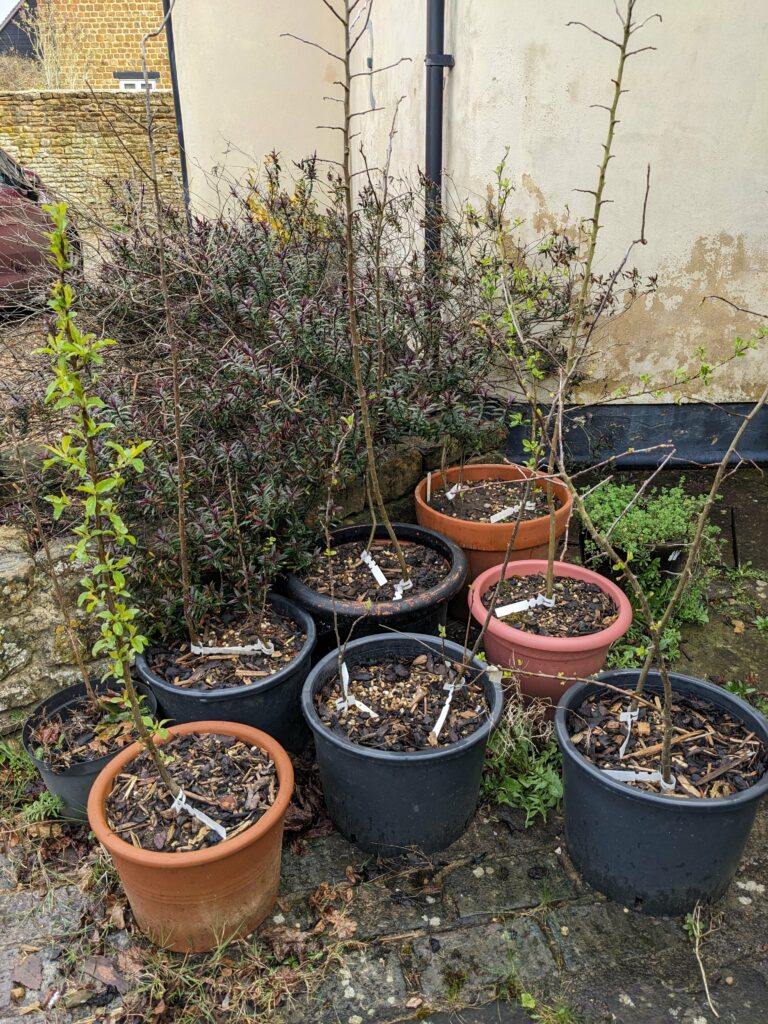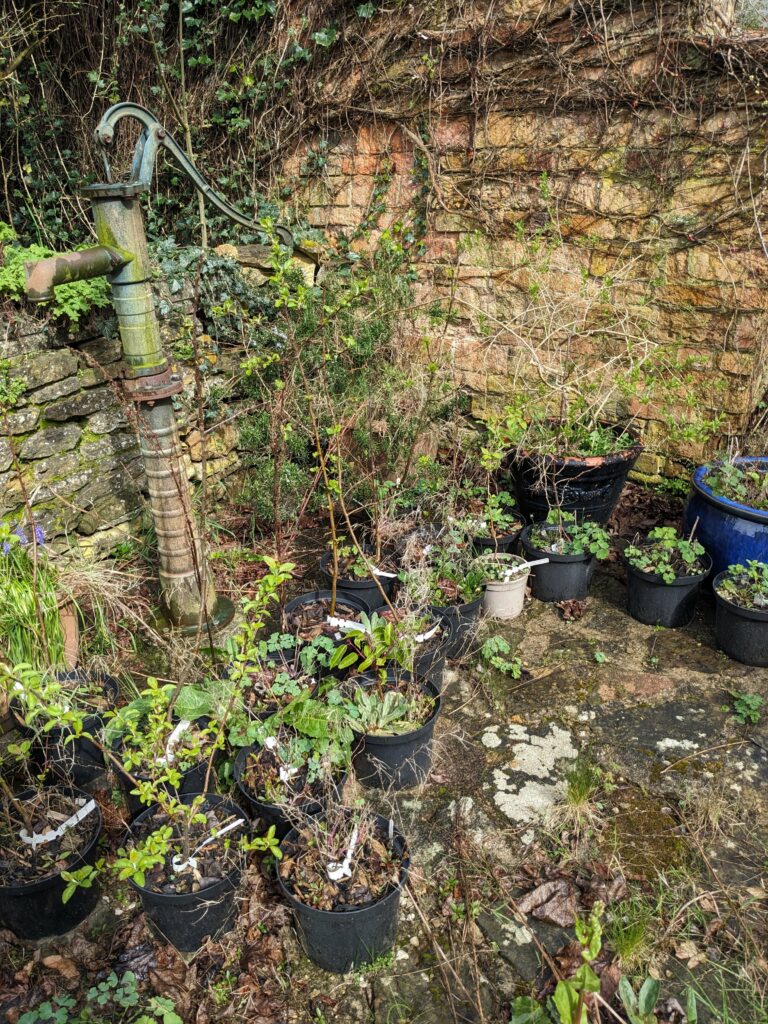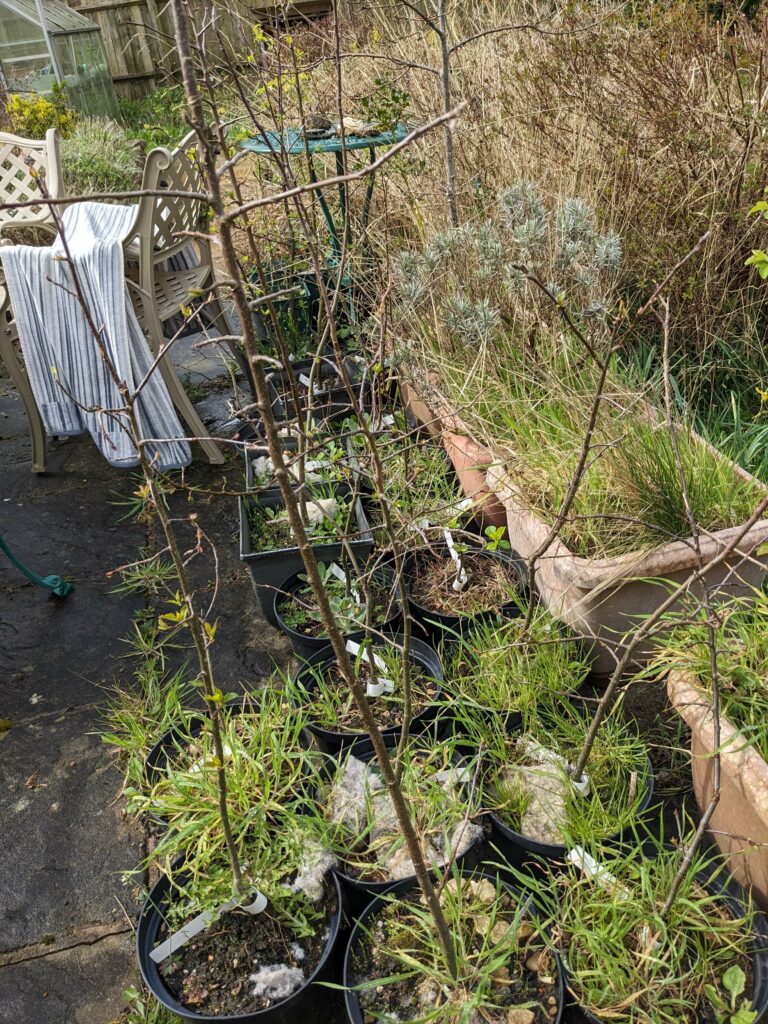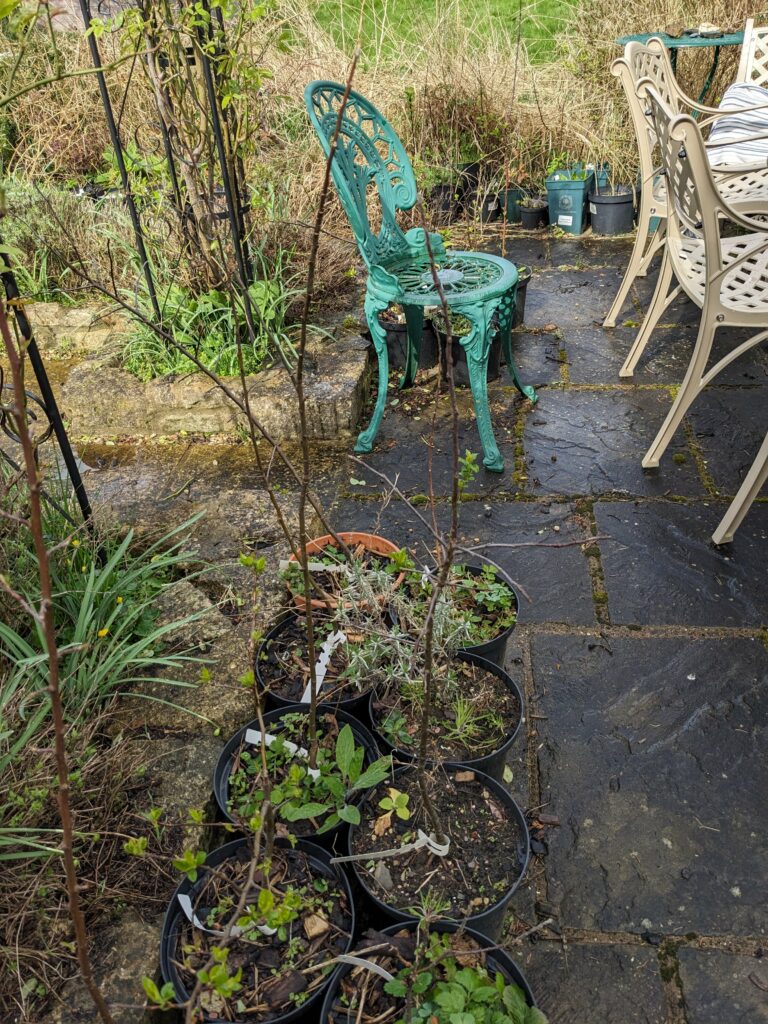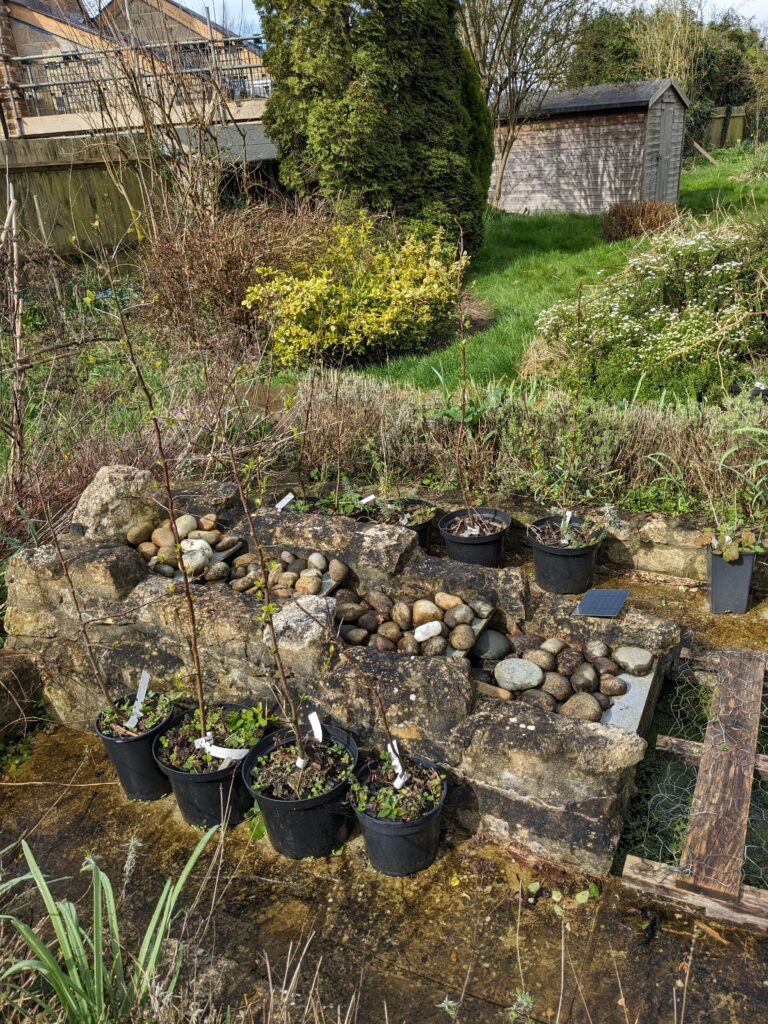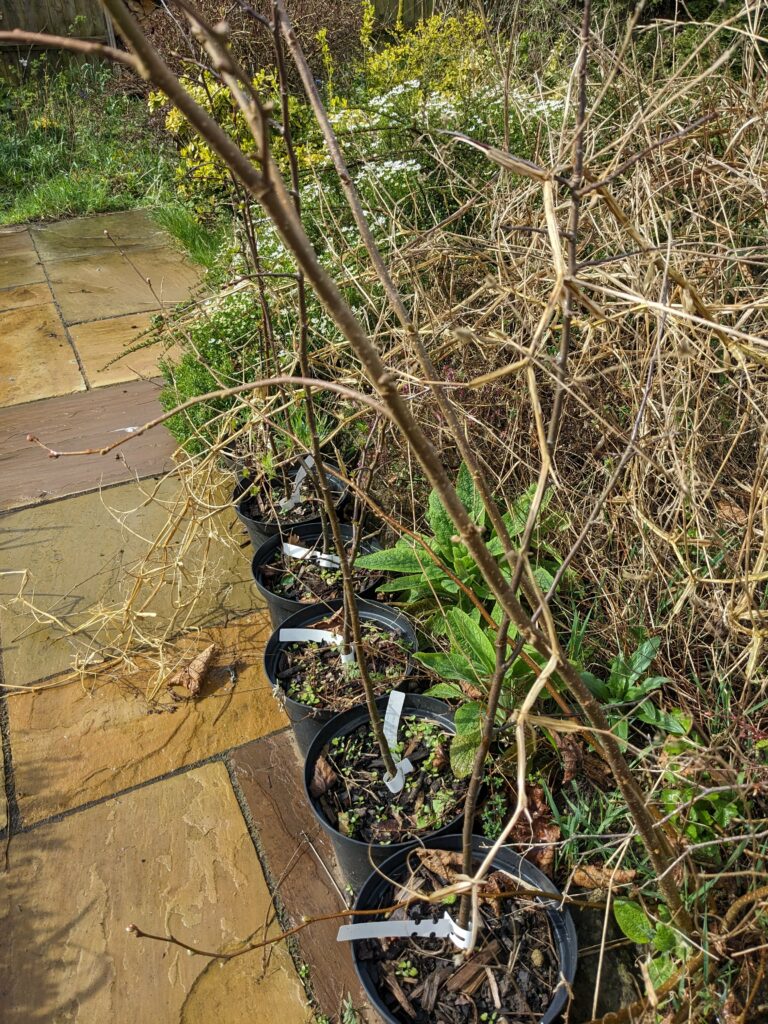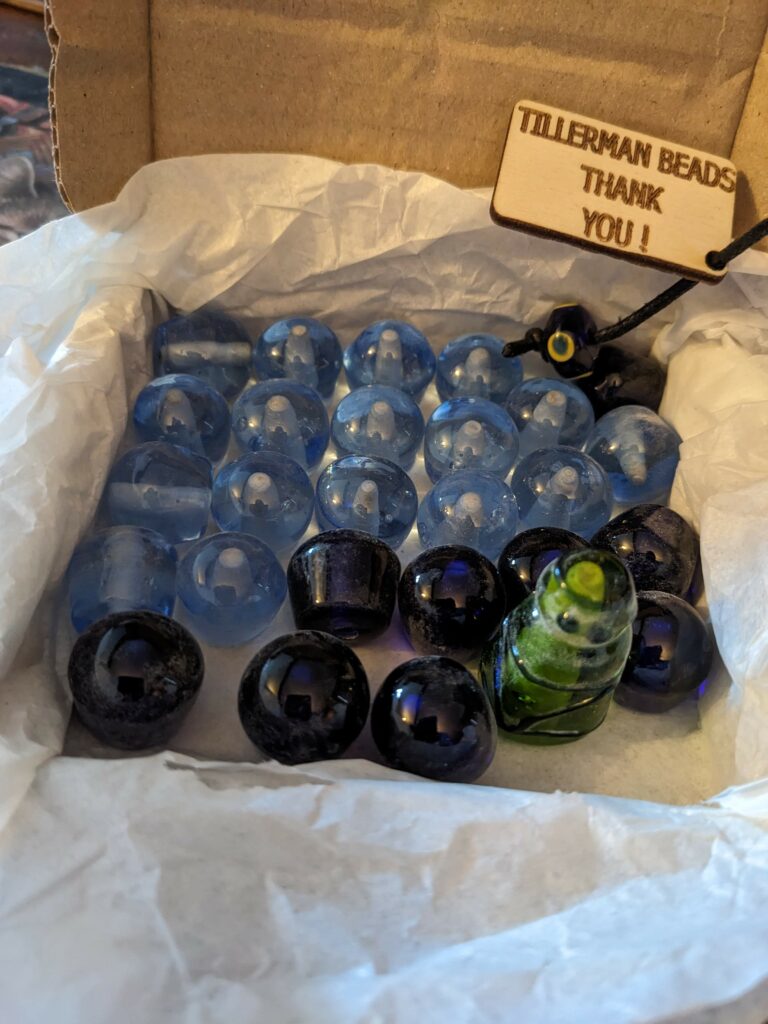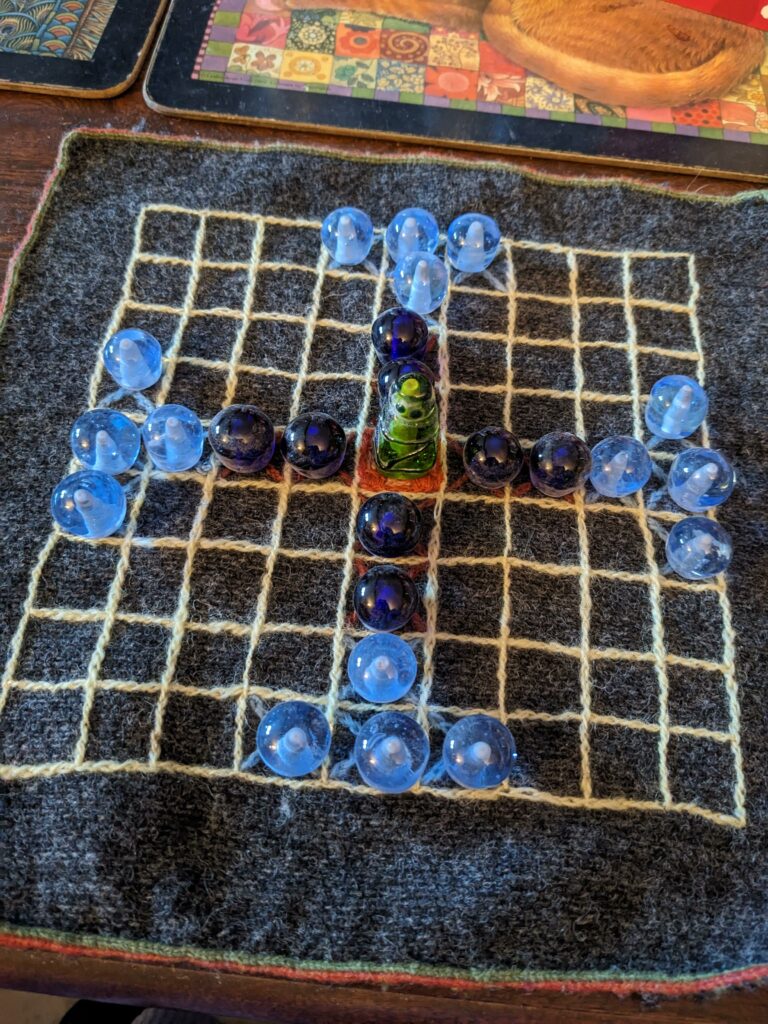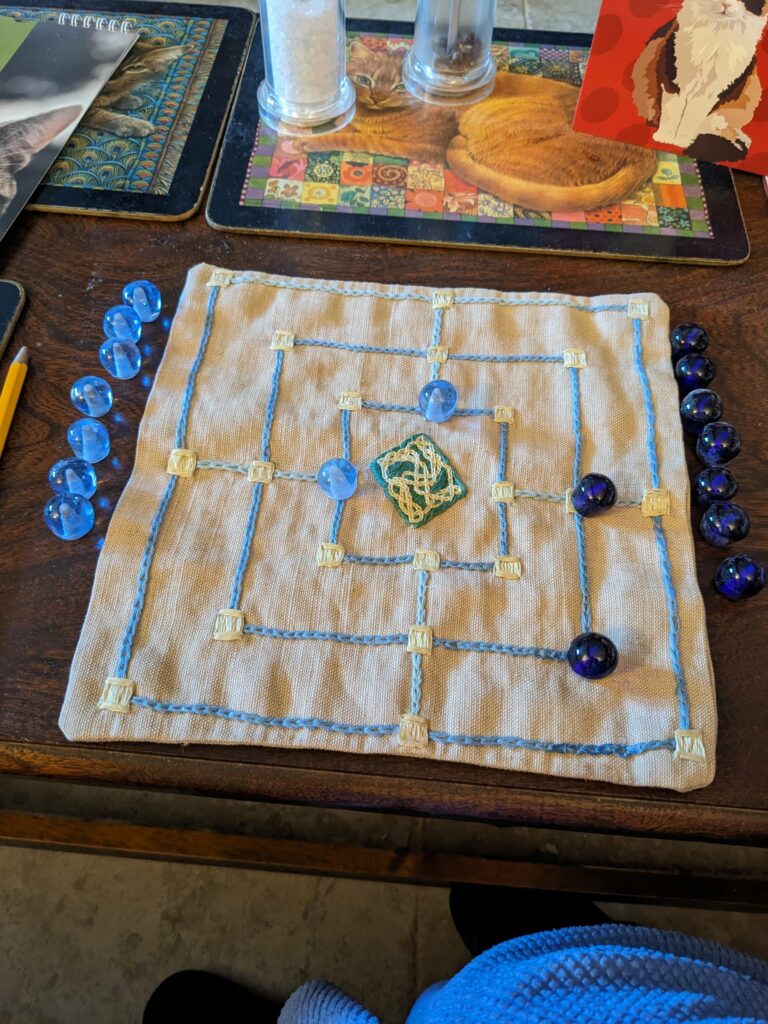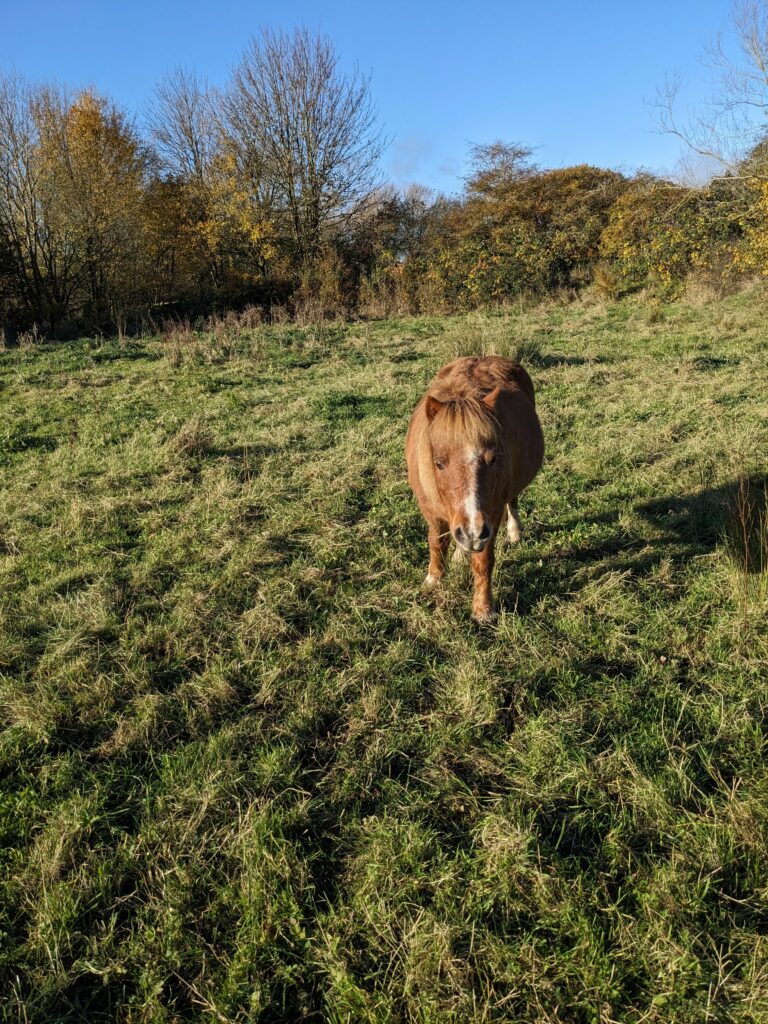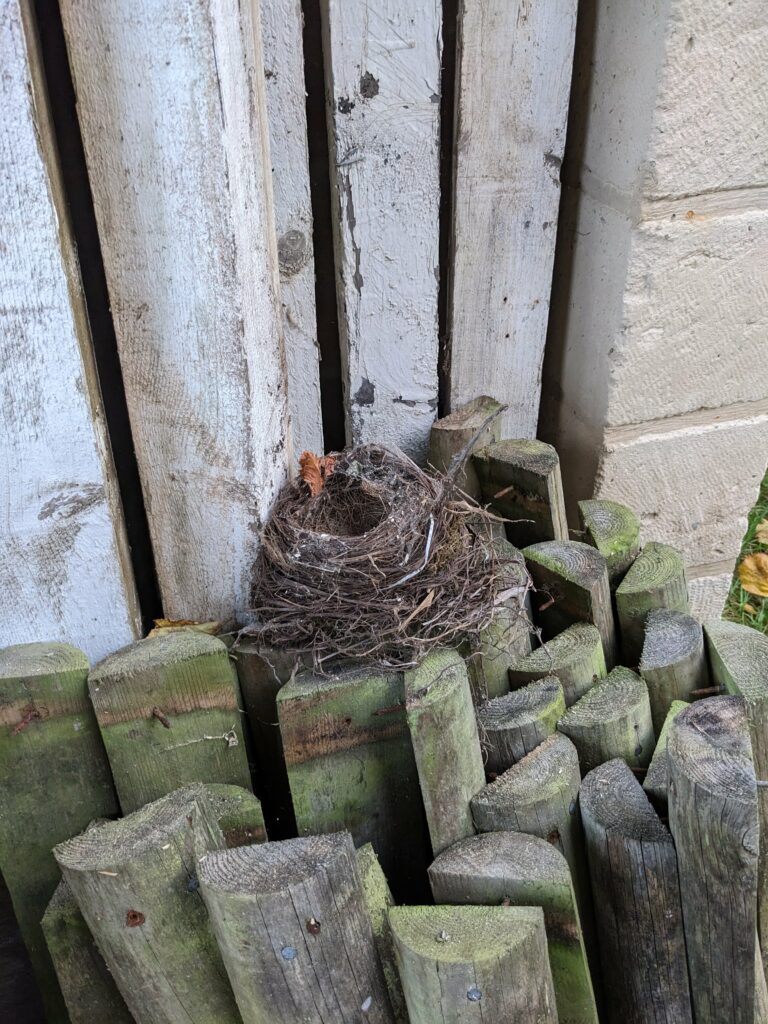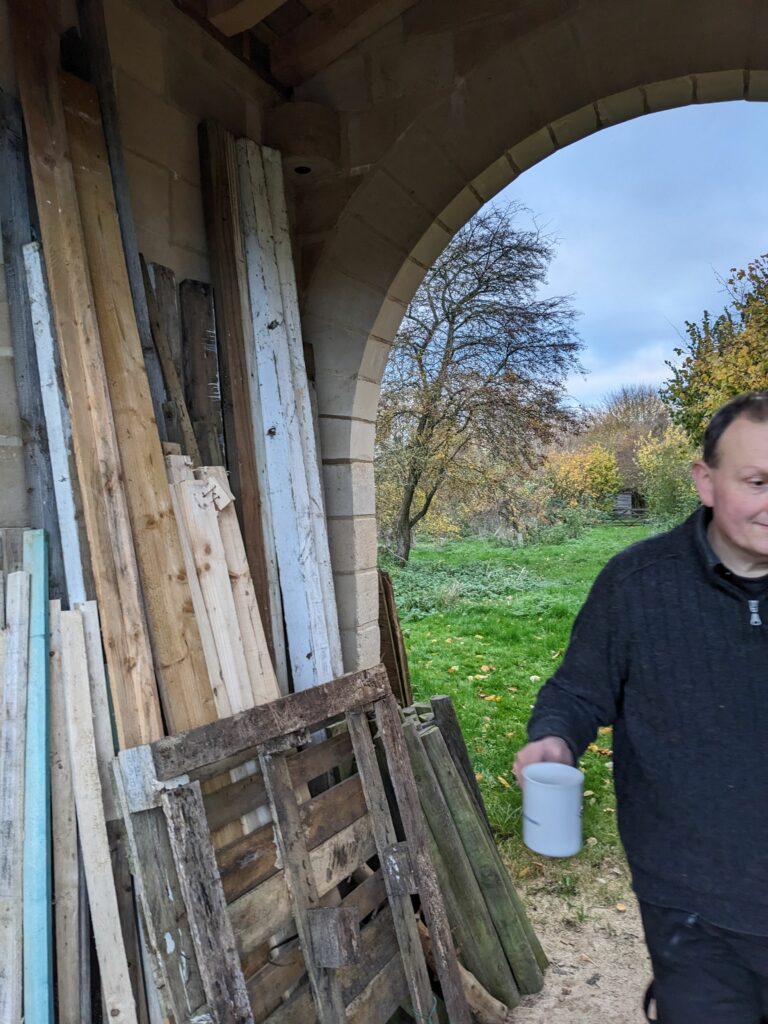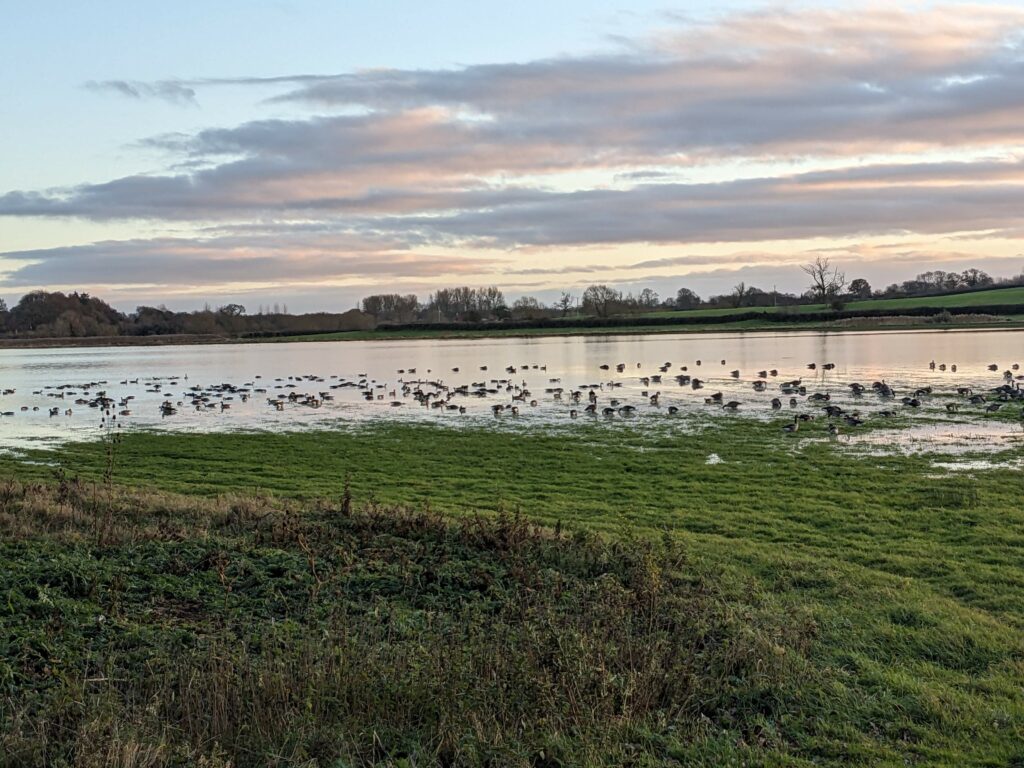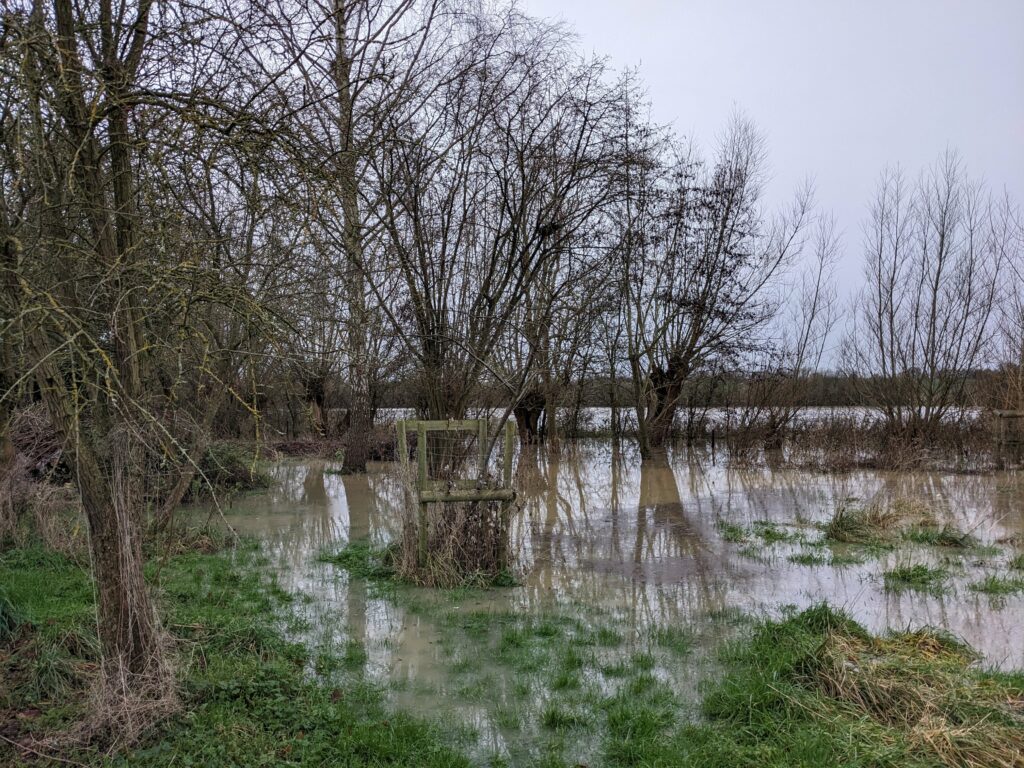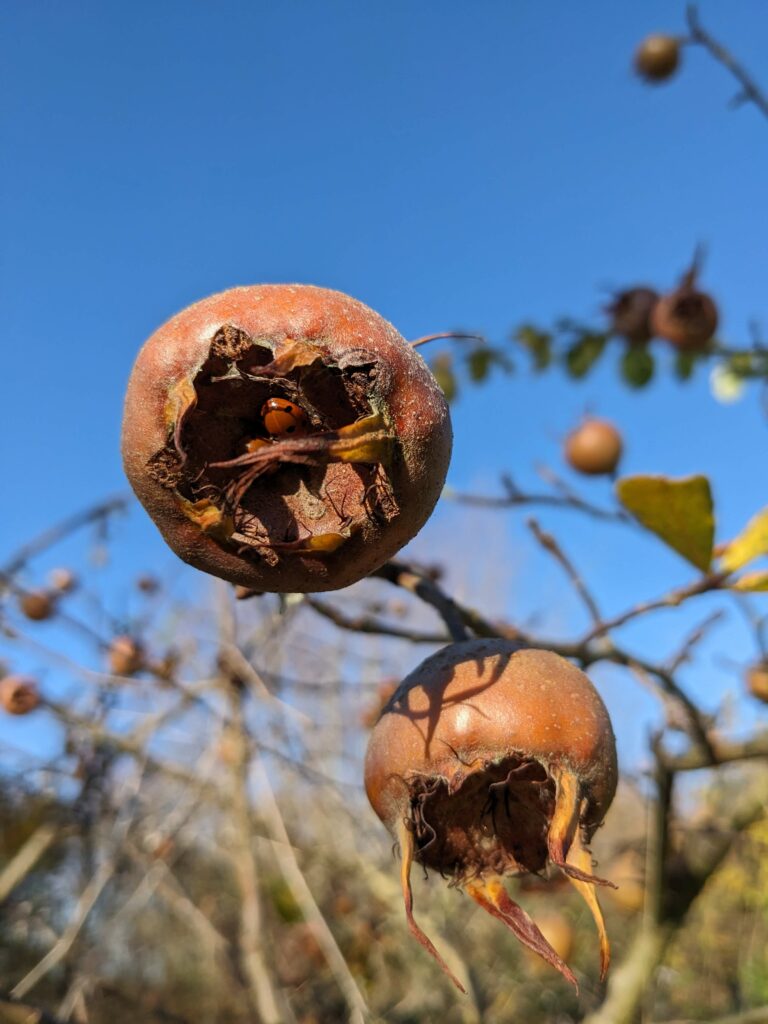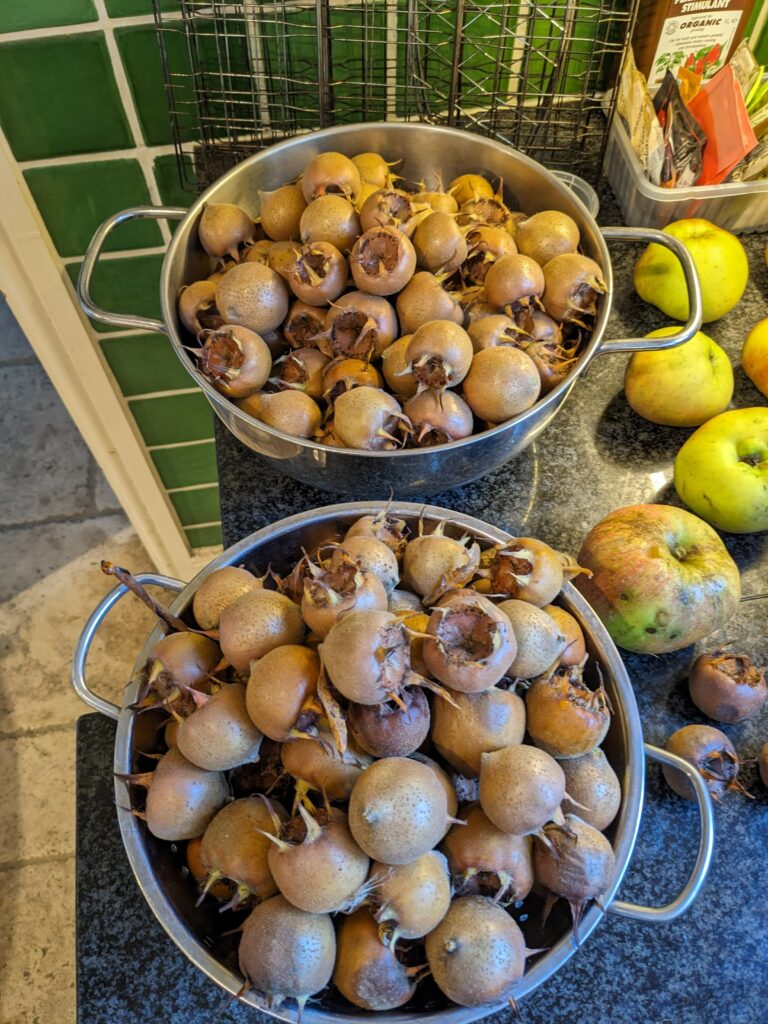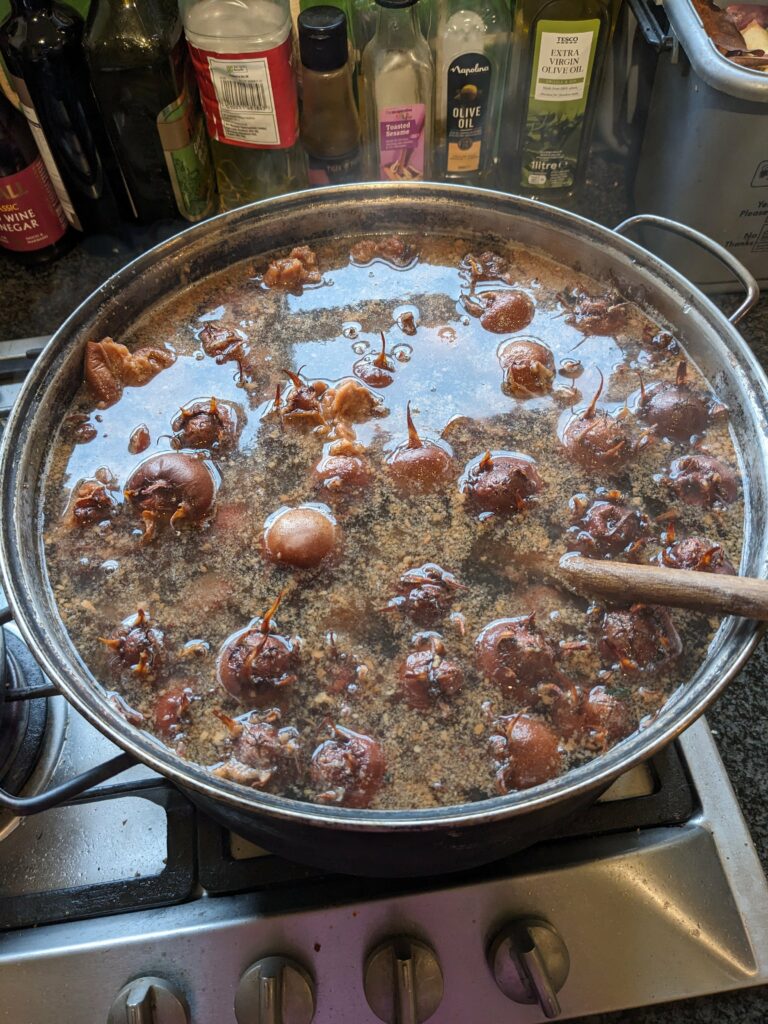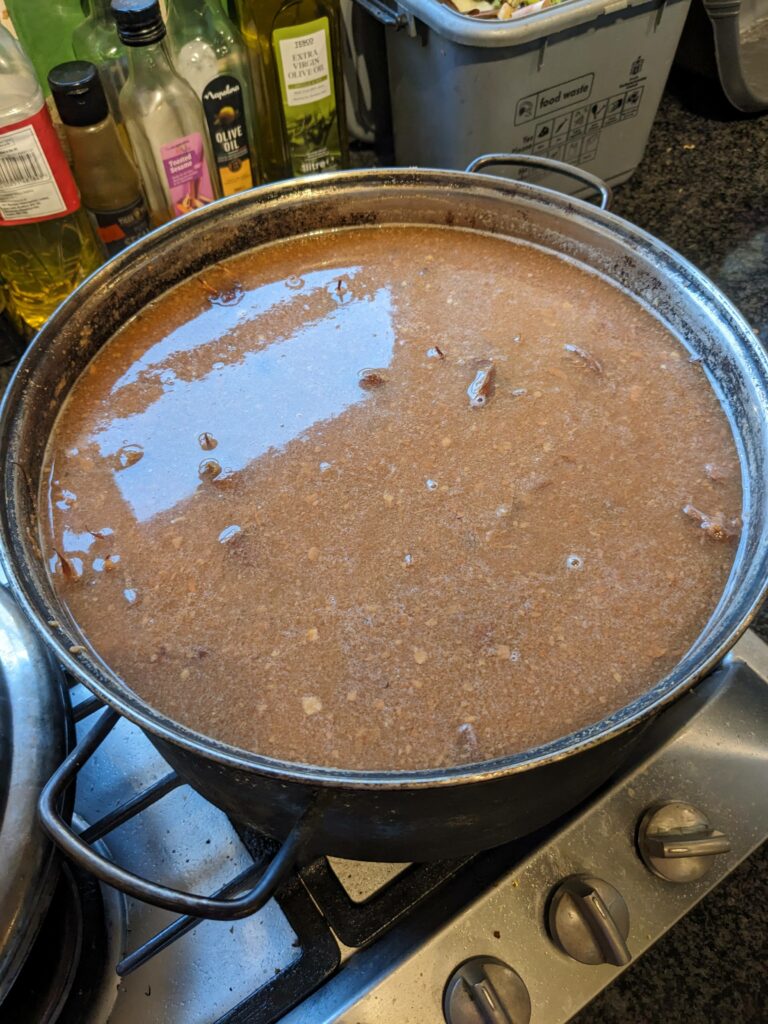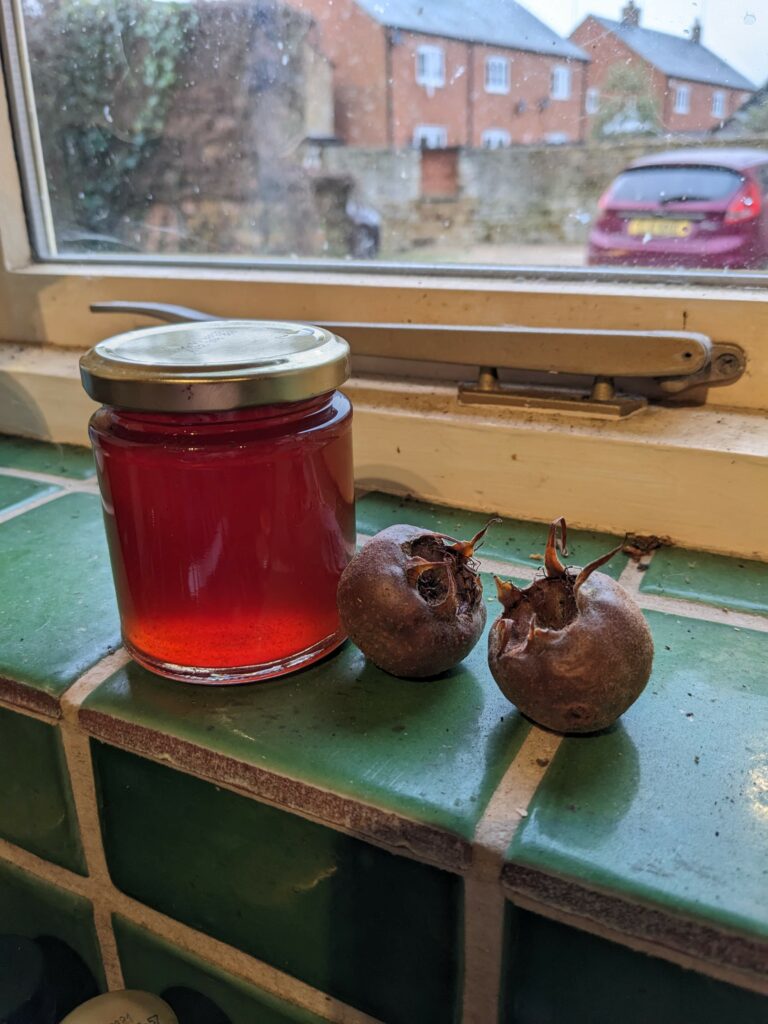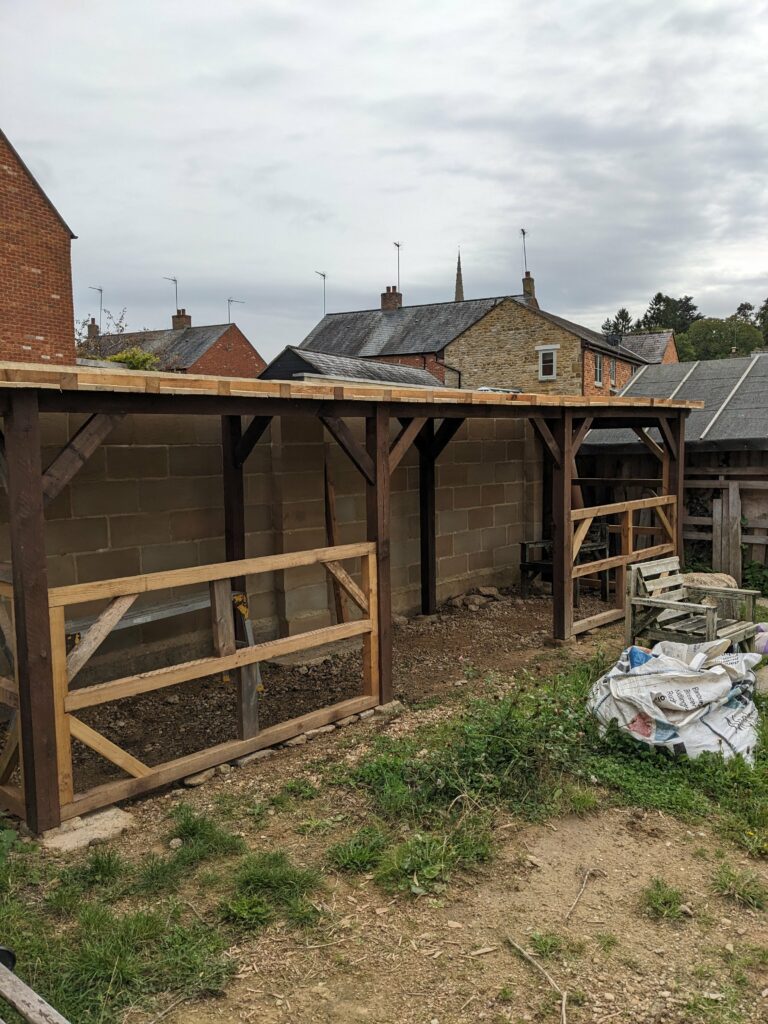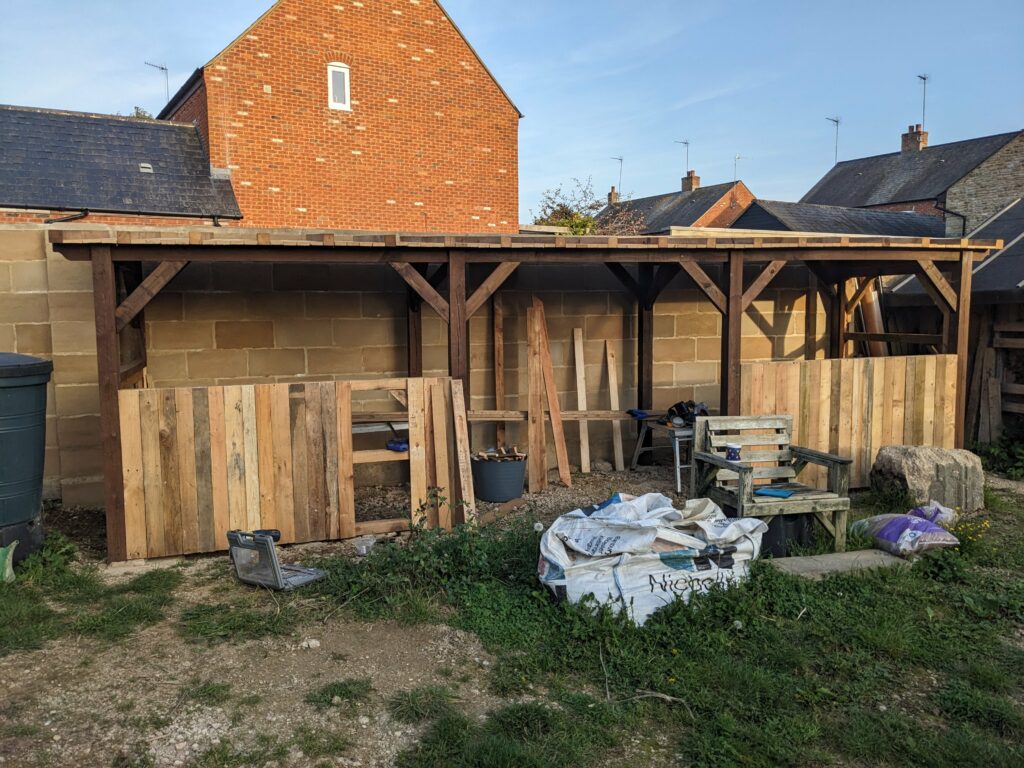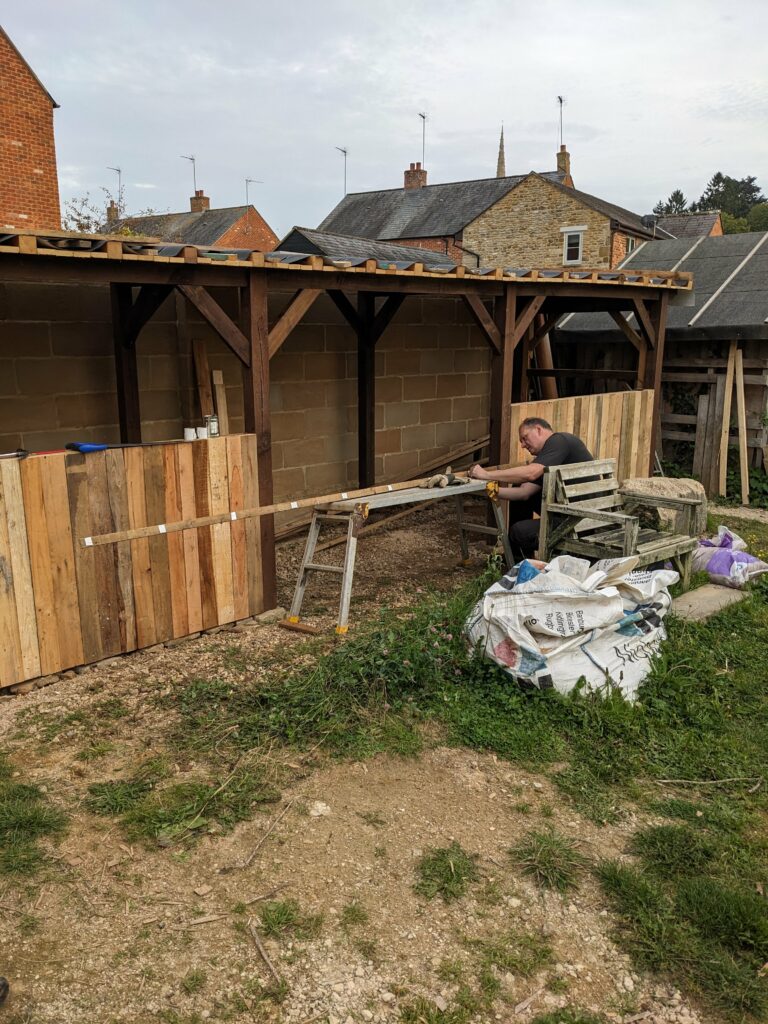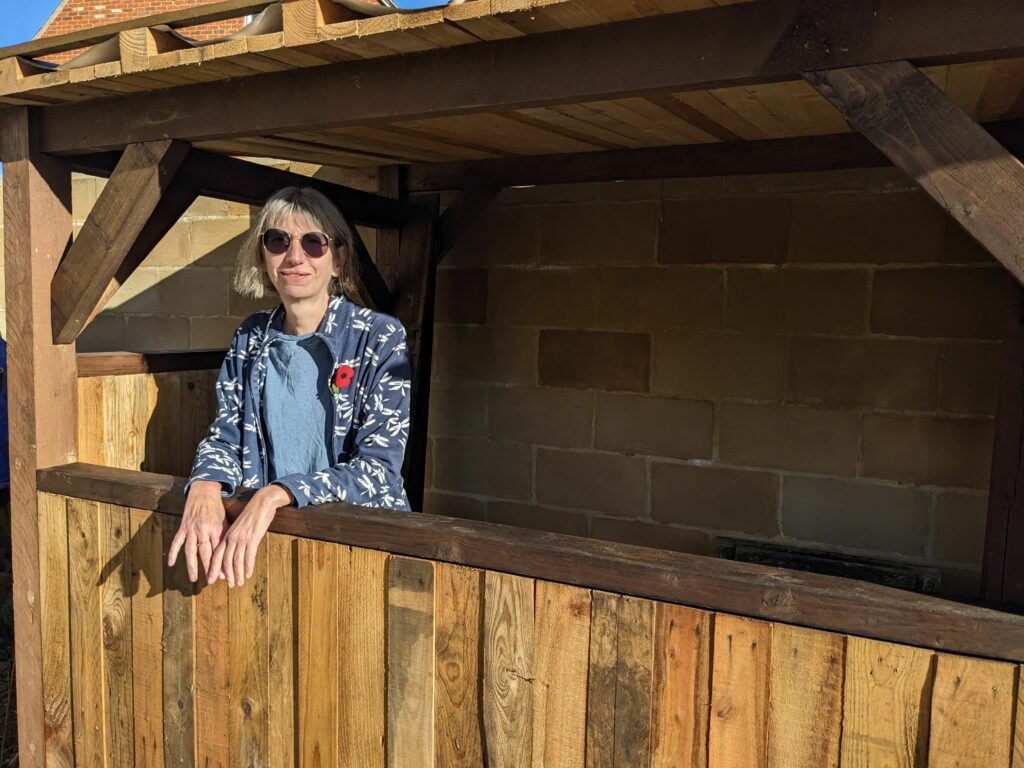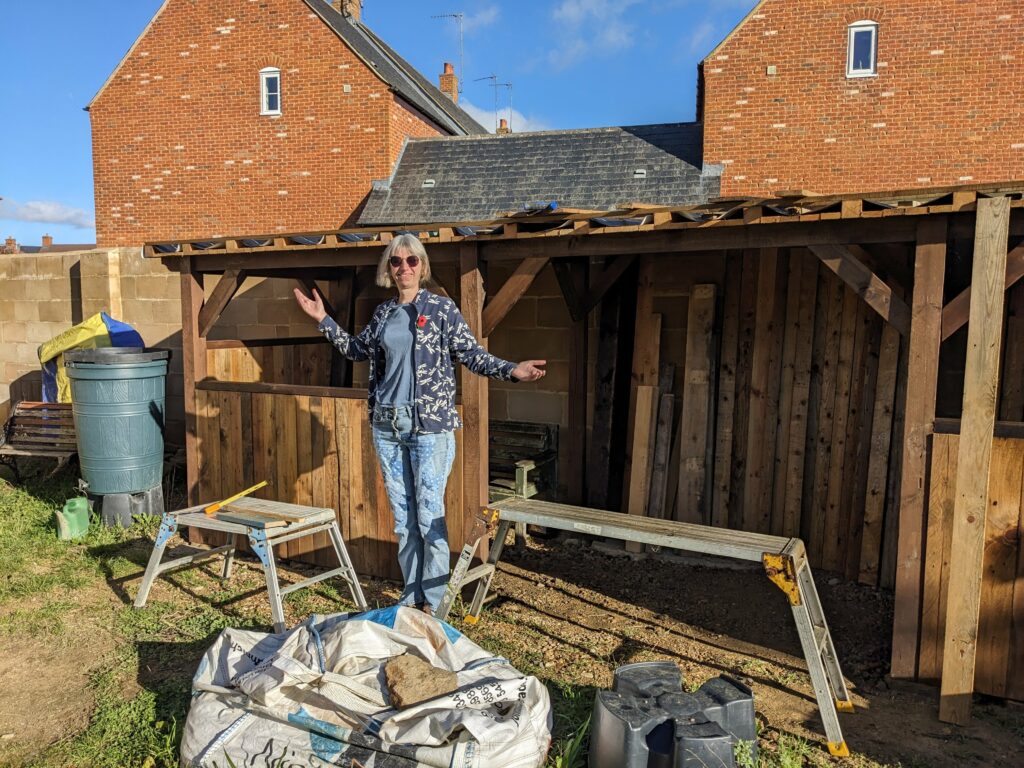It is late July and the meadowsweet is in full flower. Many years ago, I made meadowsweet wine and it was good, so now I’m having a go at a mead. I read that:
…the name is in fact a corruption of the old medieval name “meadesweet”, stemming from the days when the plant was added during the brewing of mead, as a flavouring agent.
https://pharmaceutical-journal.com/article/opinion/the-anti-inflamatory-properties-of-meadowsweet
Various parts of the plant have been used medicinally for centuries, primarily for the relief of pain and fever, but other uses have included the treatment of gastrointestinal complaints, including peptic ulceration, and the treatment of diarrhoea. Its anti-inflammatory effects can be accounted for by the fact that all parts of the plant contain several salicylate compounds, including salicylic acid itself. In 1897, when Felix Hoffmann produced acetylsalicylic acid, he used salicin produced from meadowsweet plants. This led to the development of the brand name Aspirin, which was derived from the botanical name at the time for meadowsweet, Spiraea ulmaria.
One may hope therefore that this mead will be its own hangover cure.
However from the same source I note:
Because of the high levels of salicylates, preparations containing meadowsweet extracts are contraindicated in patients taking warfarin, and also in those already taking non-steroidal anti-inflammatory drugs. Extracts of the plant have been to cause bronchospasm, therefore caution is advised in its use by asthma sufferers.
…which is kind of important information…oh hear this, ye “it’s natural so of course it’s safe” brigade…
I foolishly gave away my copy of C J J Berry’s indispensable “First Steps in Winemaking” so I am not working to an exact recipe. I gathered a small basket of open flowers, and have boiled 5 litres of water which is now cooling.
My next job is to empty 6 jars of local set honey (340 g each, for a total of 2.04 kg) into the pan, and when it’s tepid, add the meadowsweet and yeast. I’ll be using Mangrove Jack’s Mead Yeast, same as I used for the apple and medlar mead that I started back in January of this year (2024 / 924). Yes, for a truly authentic brew I would rely on natural yeasts, but I haven’t the confidence.
